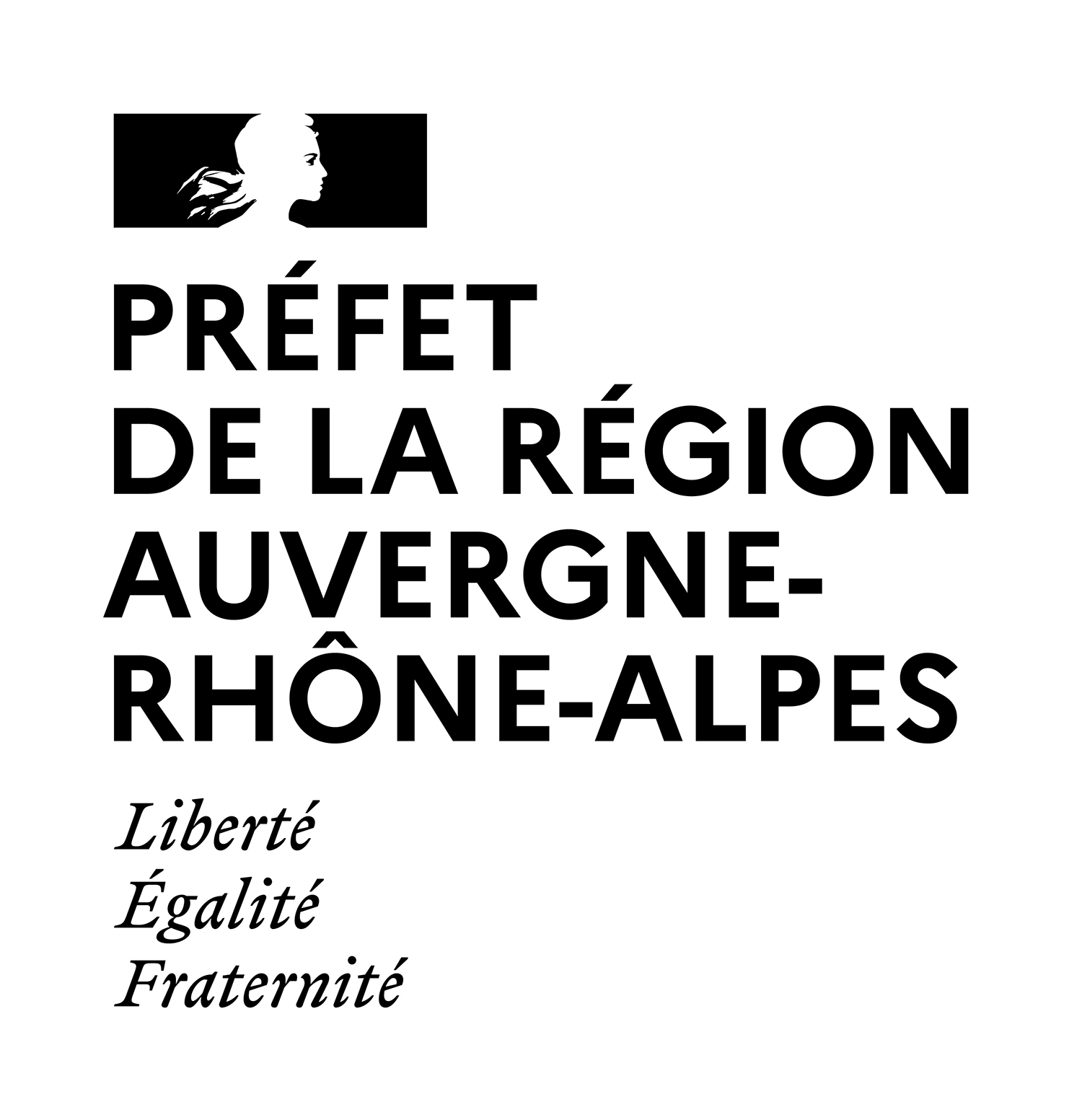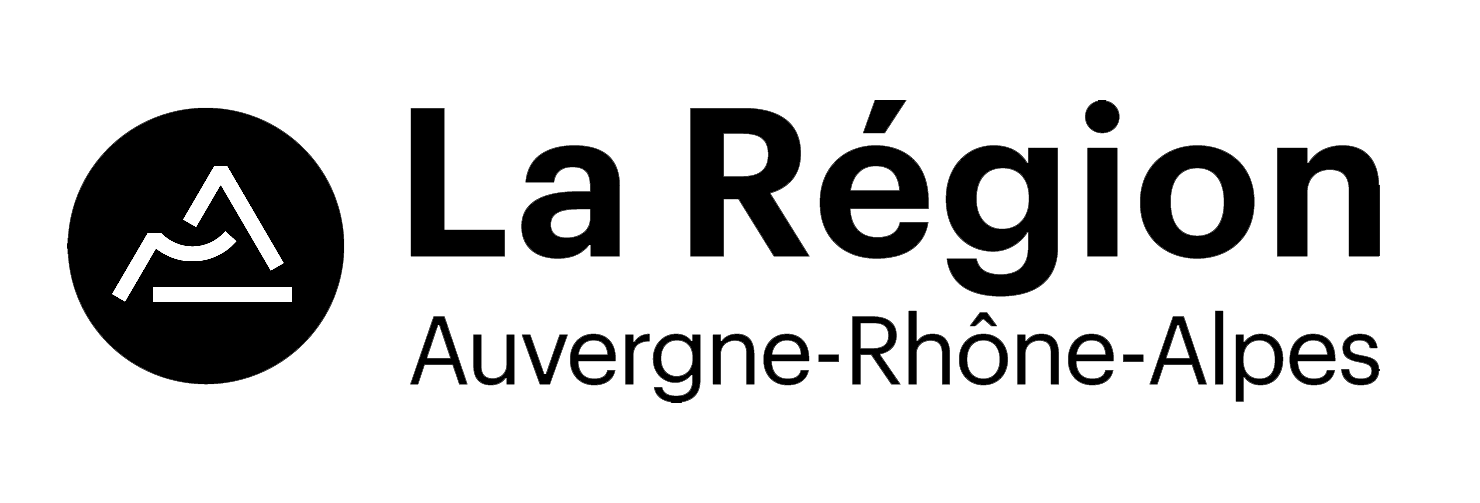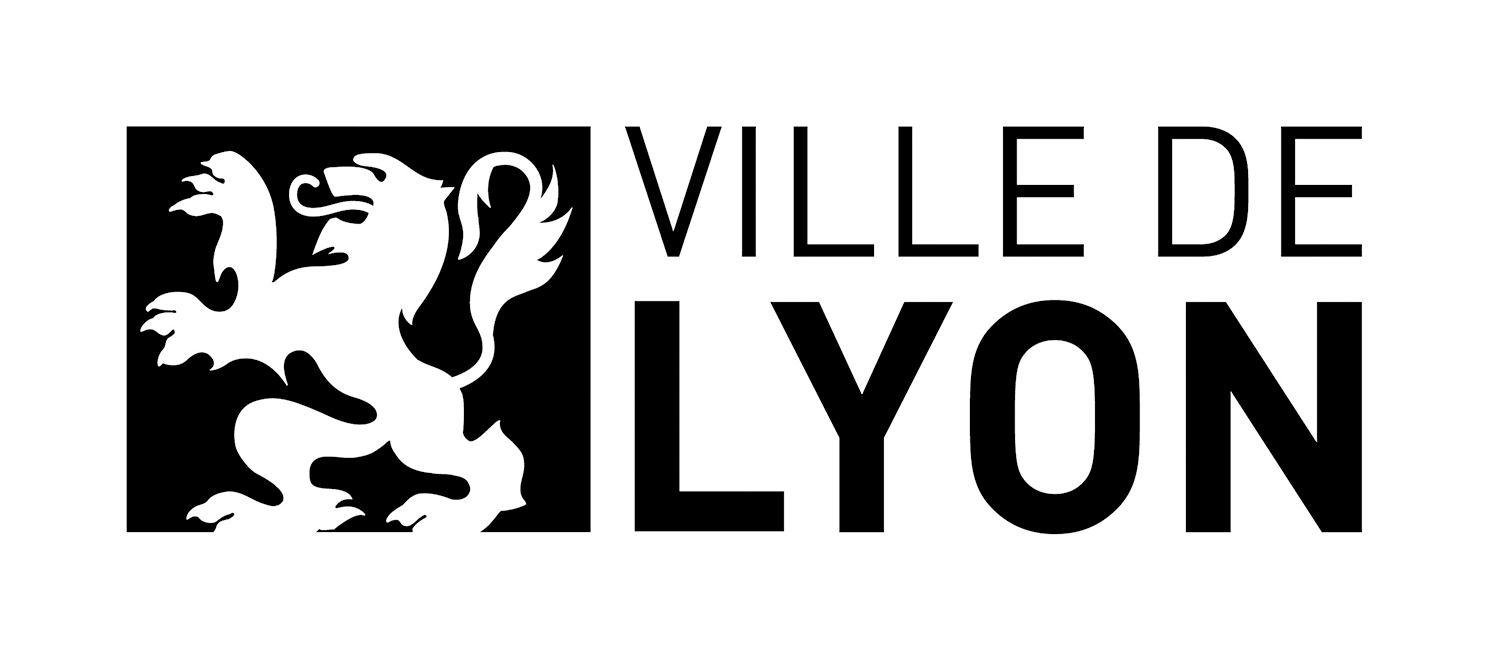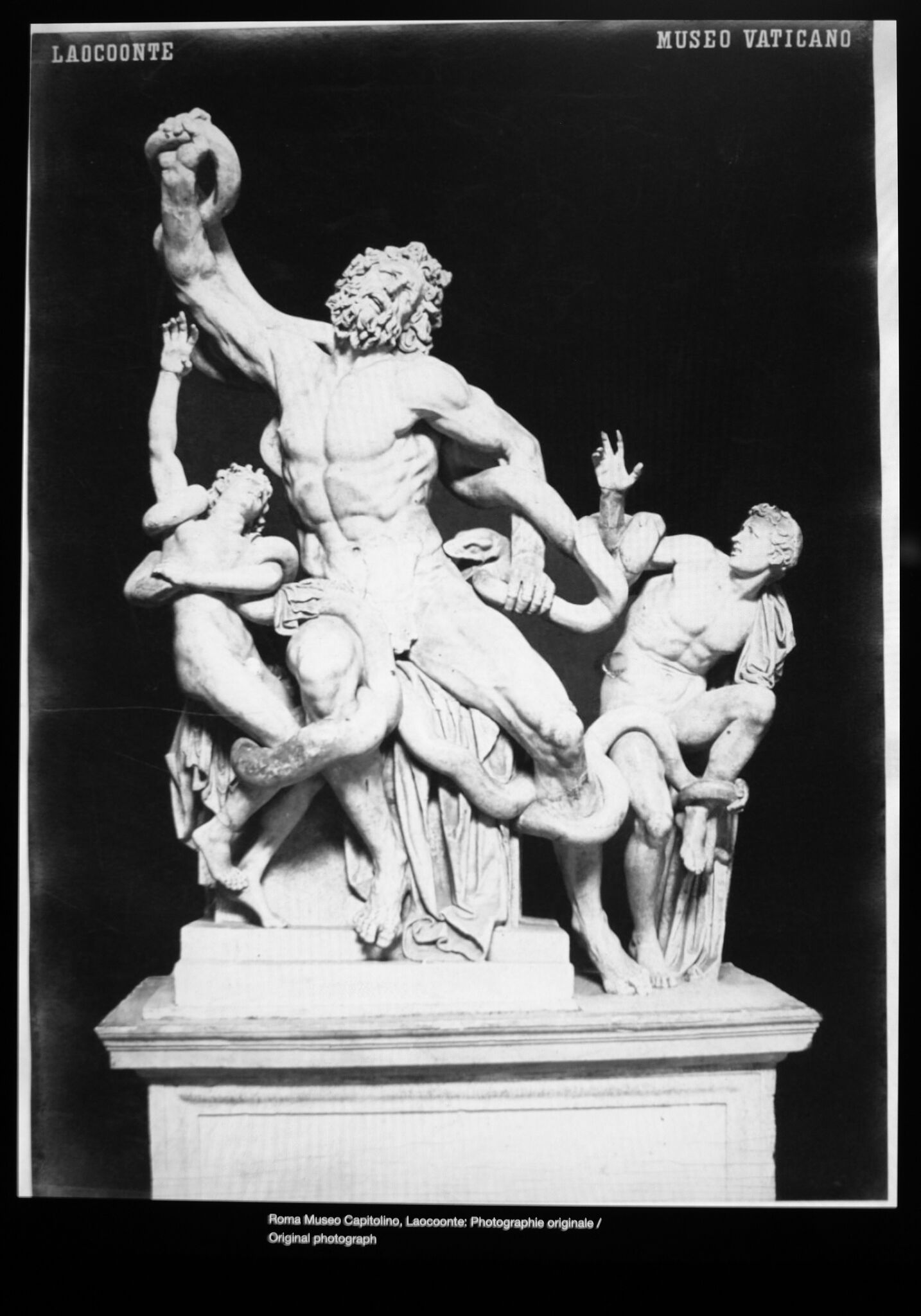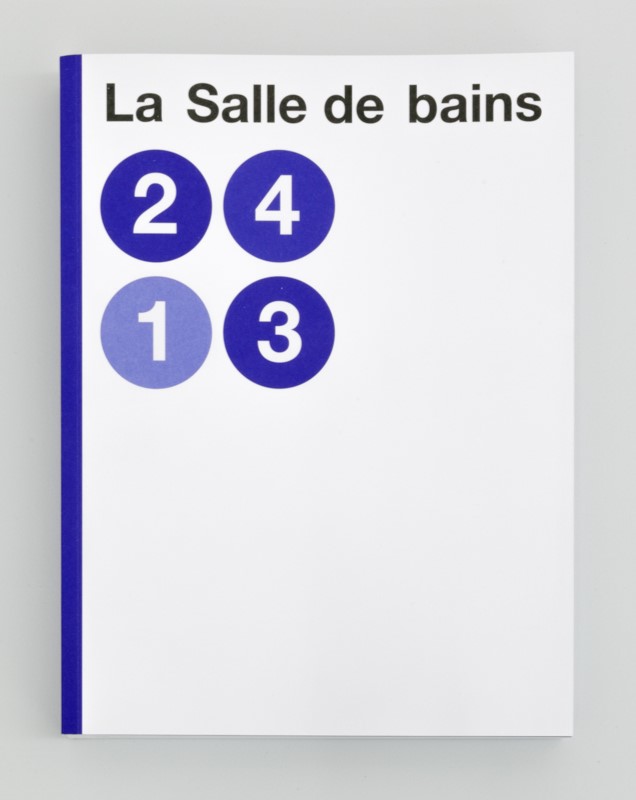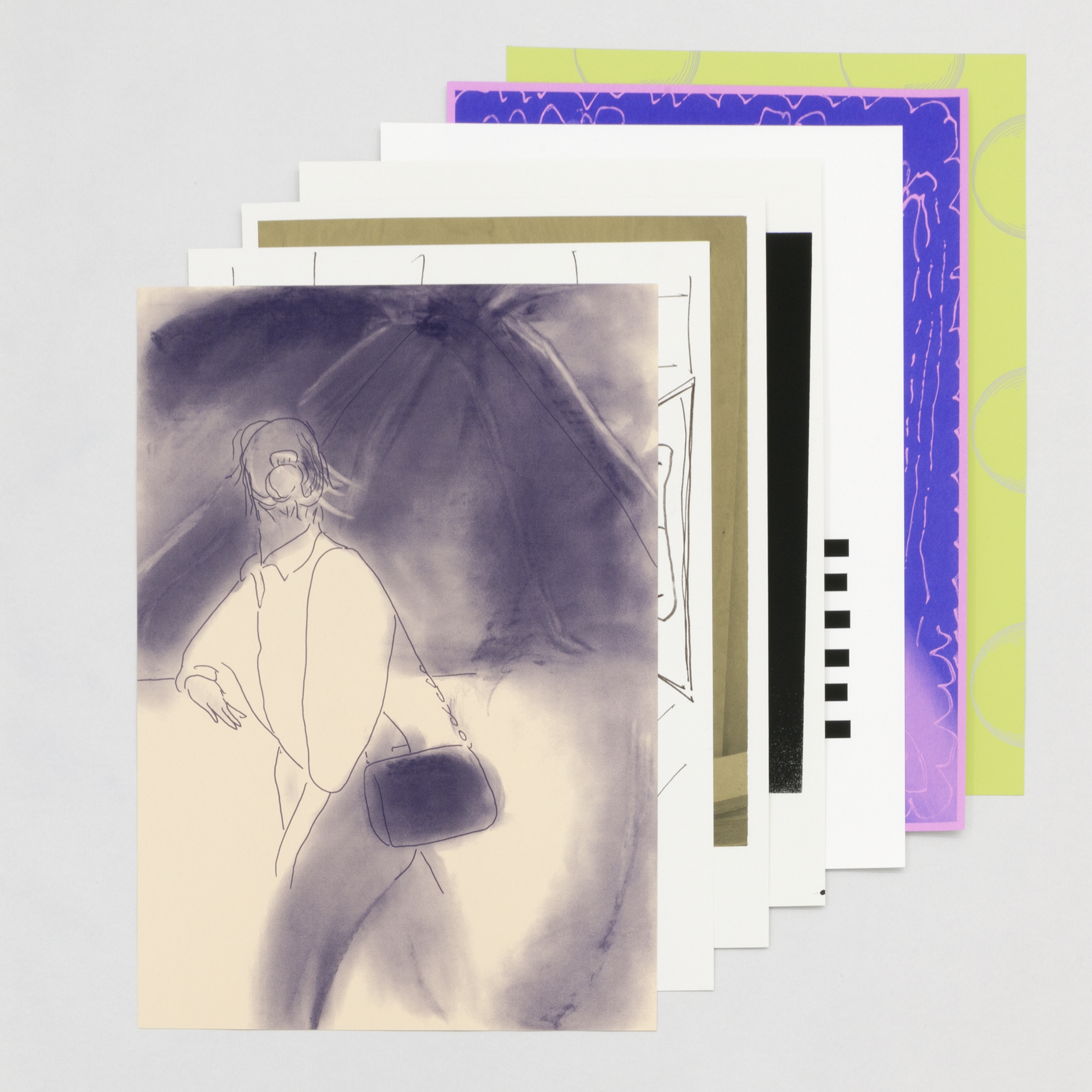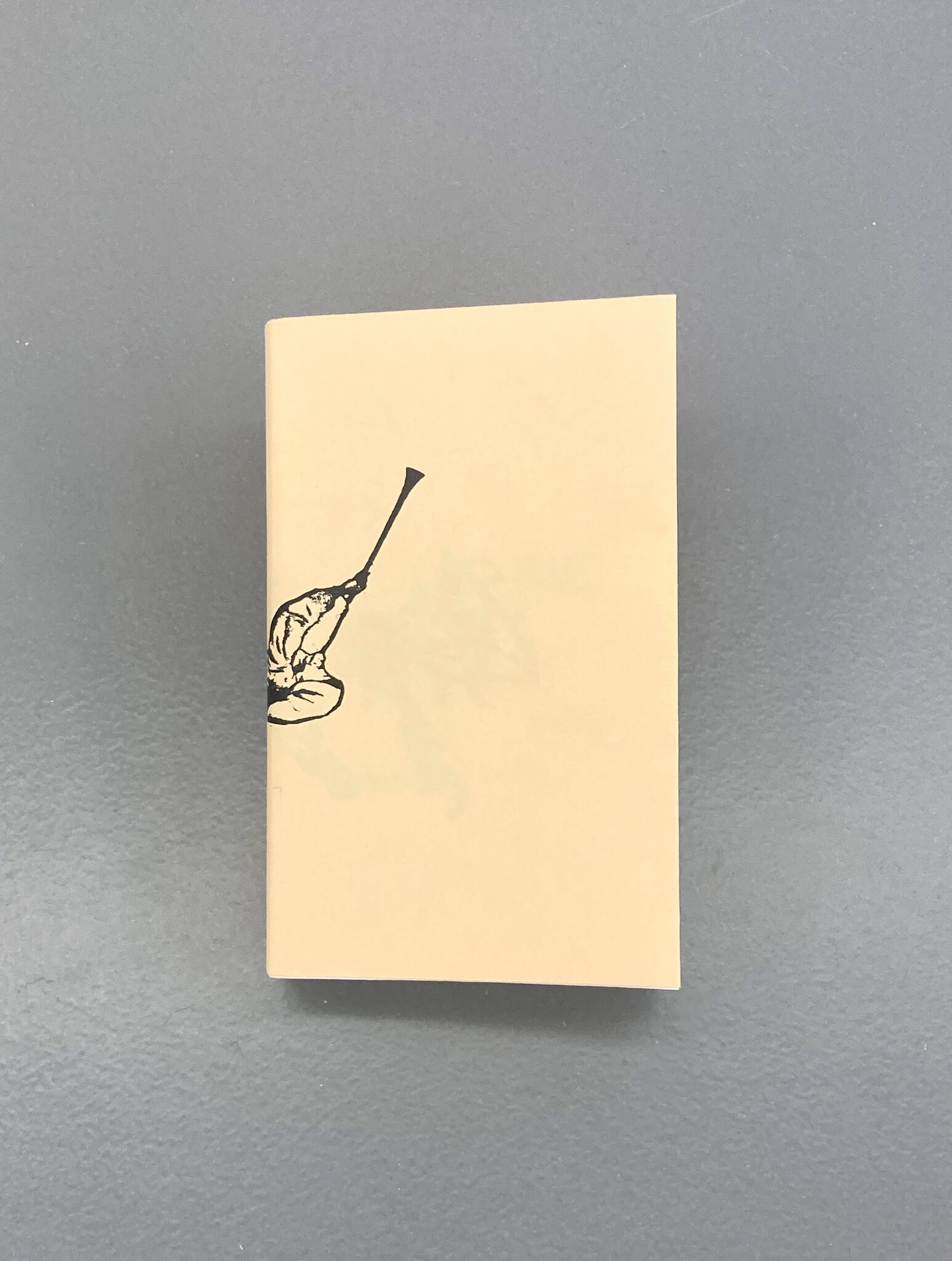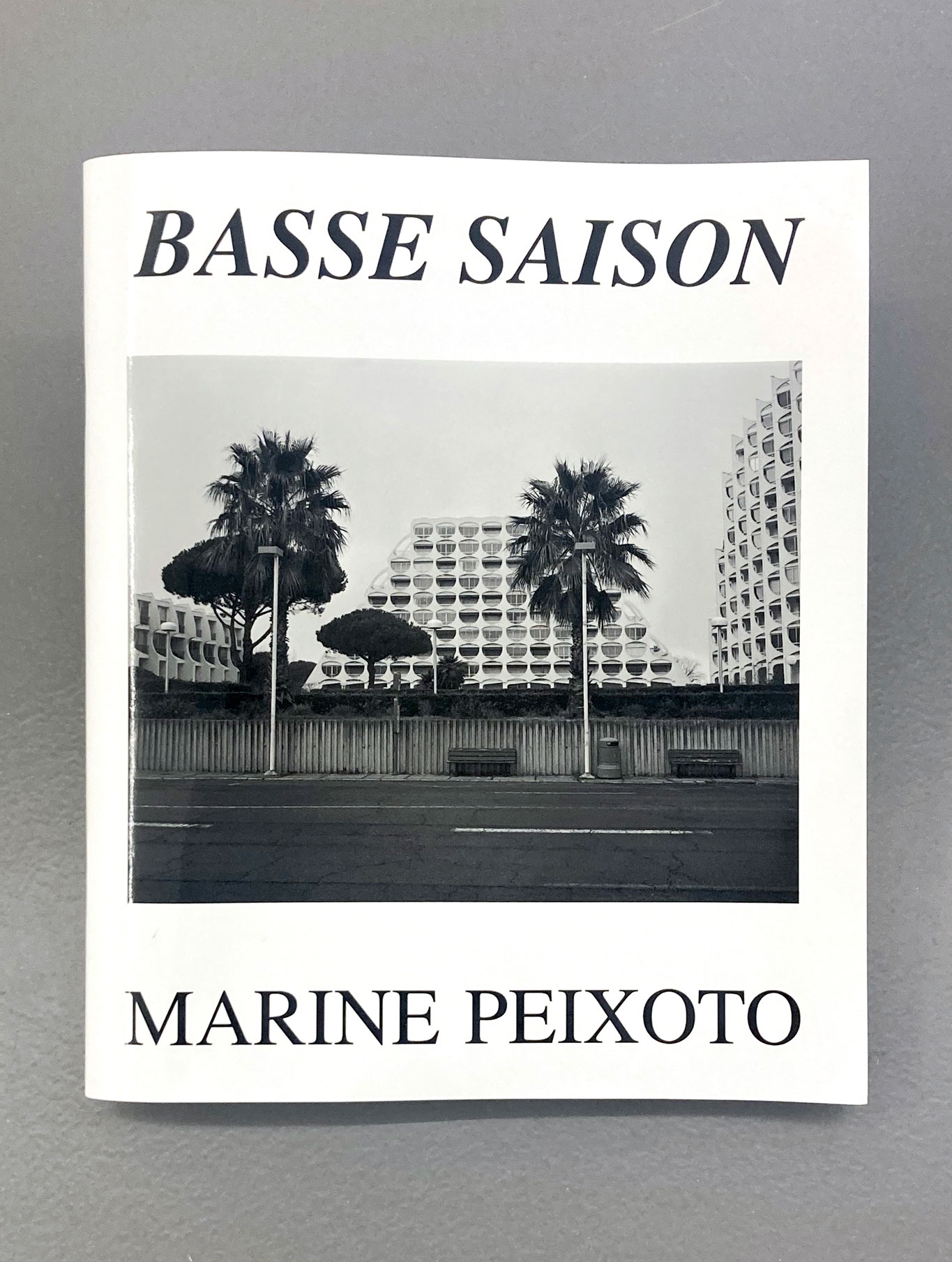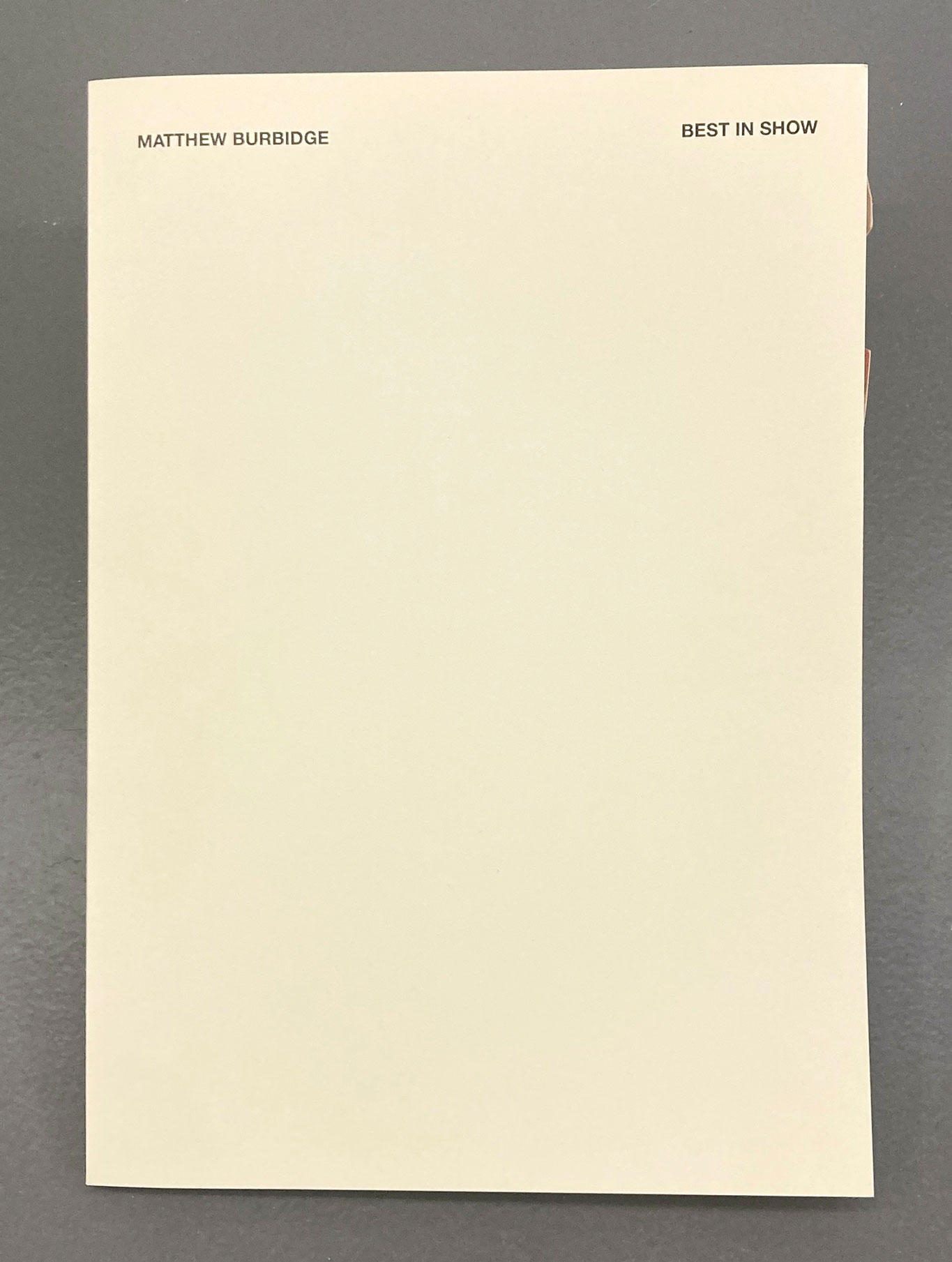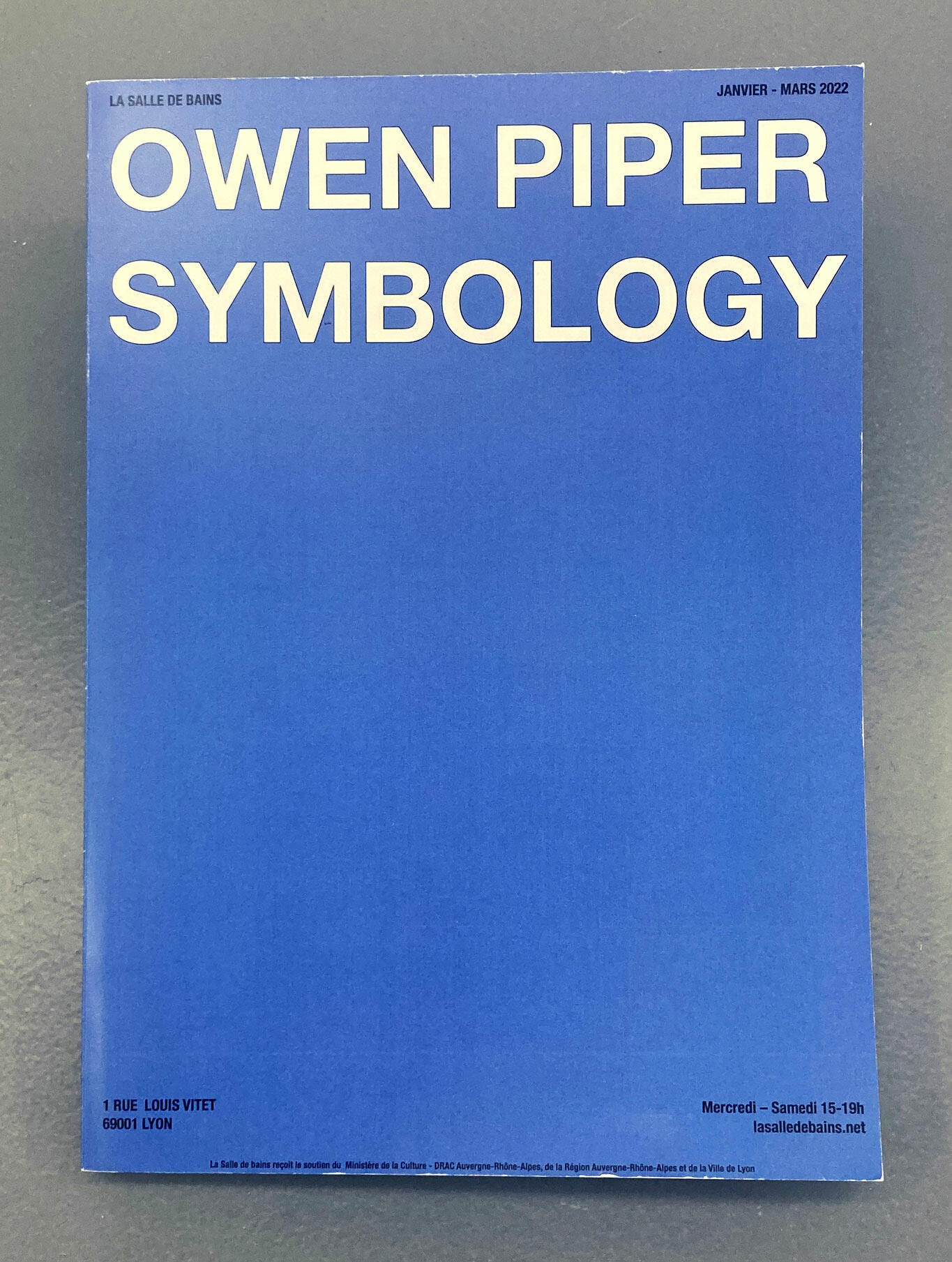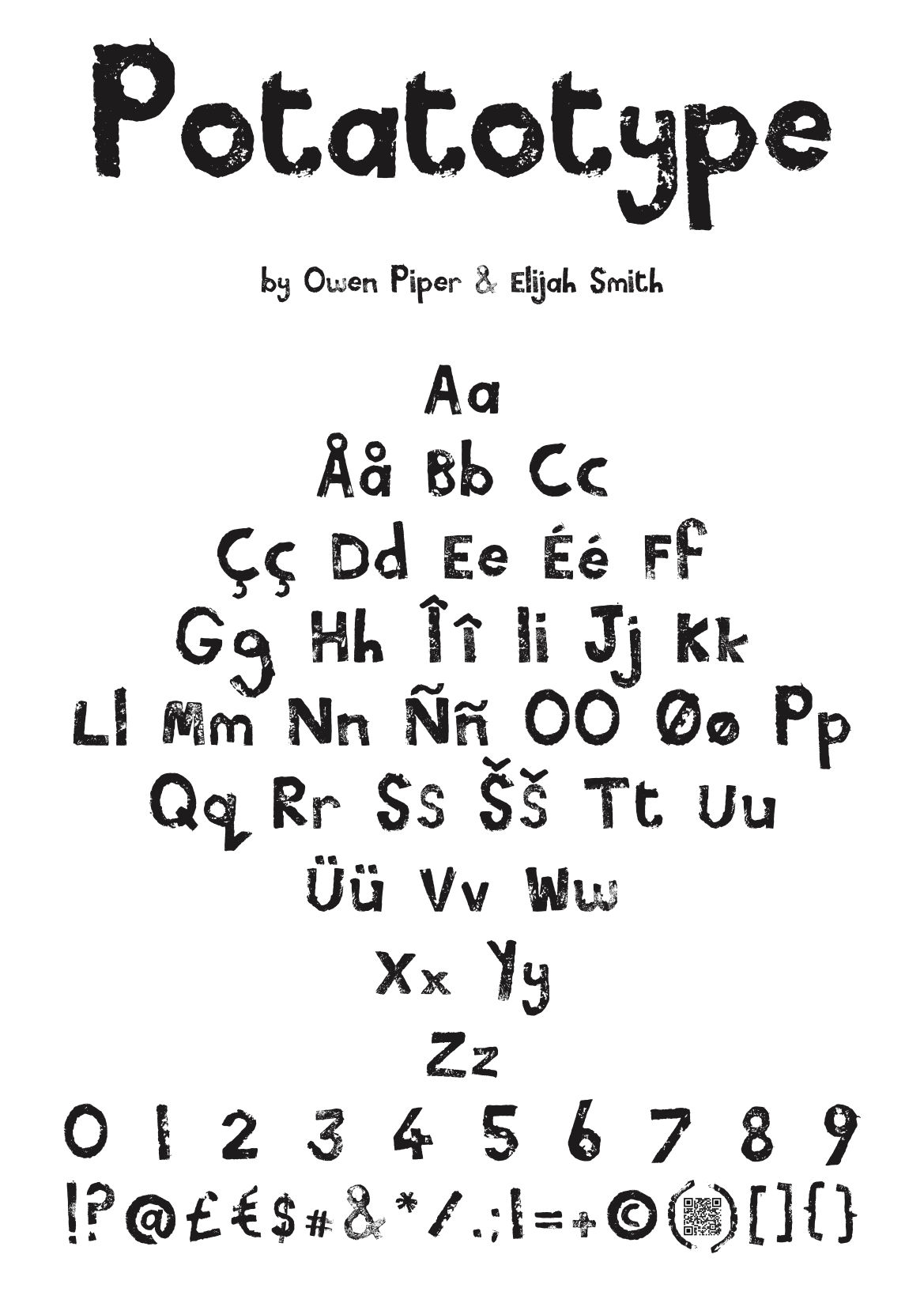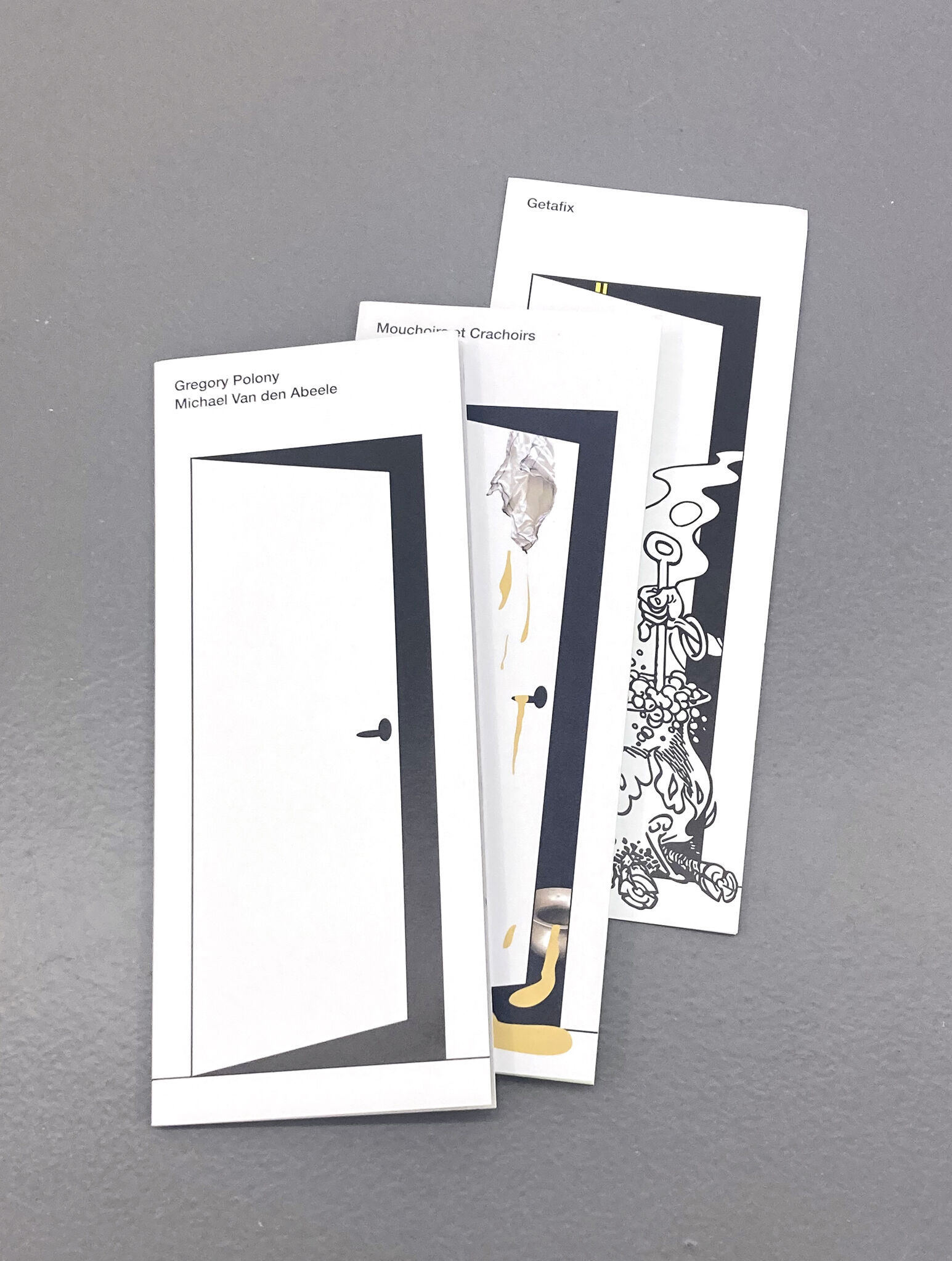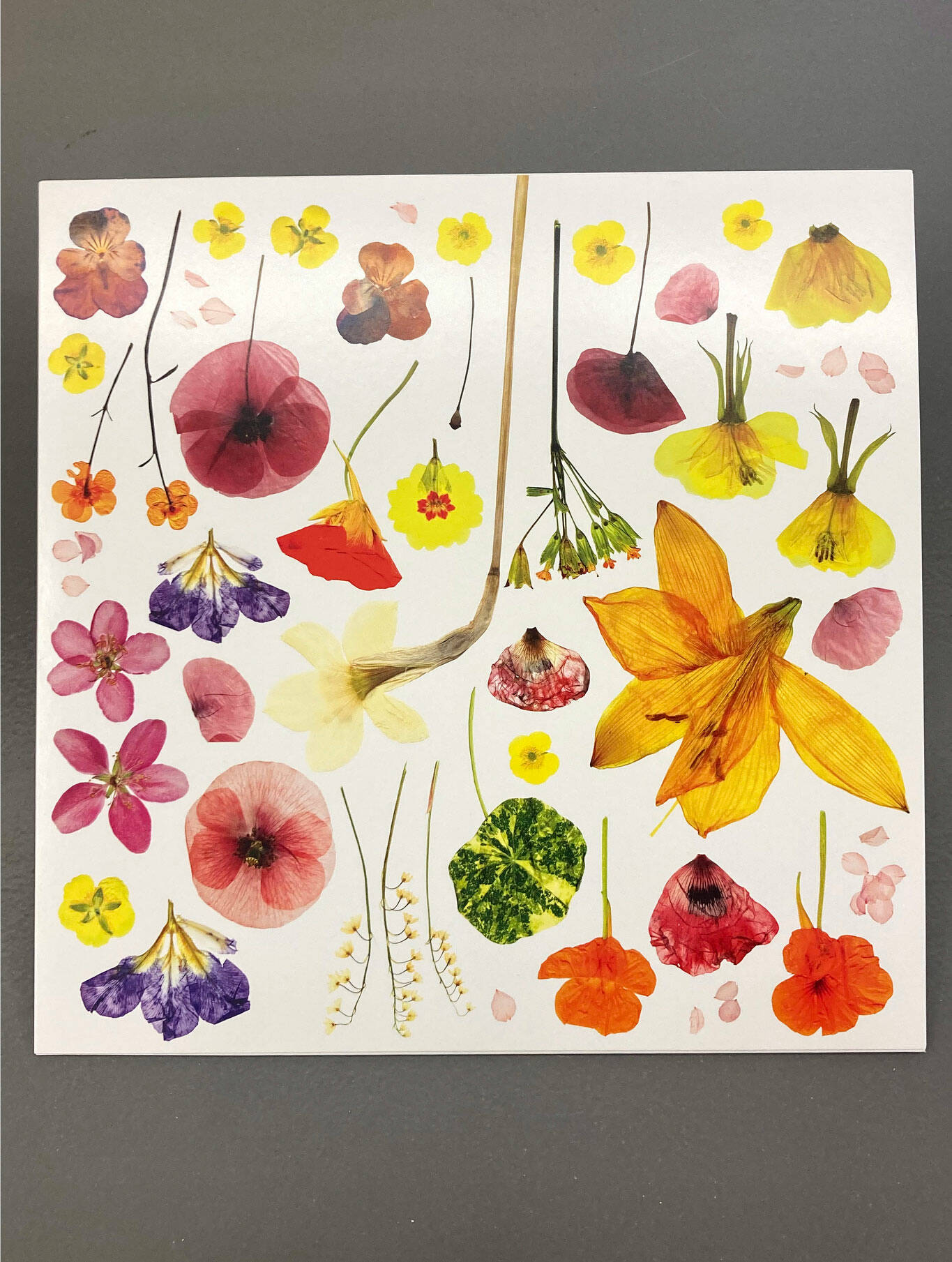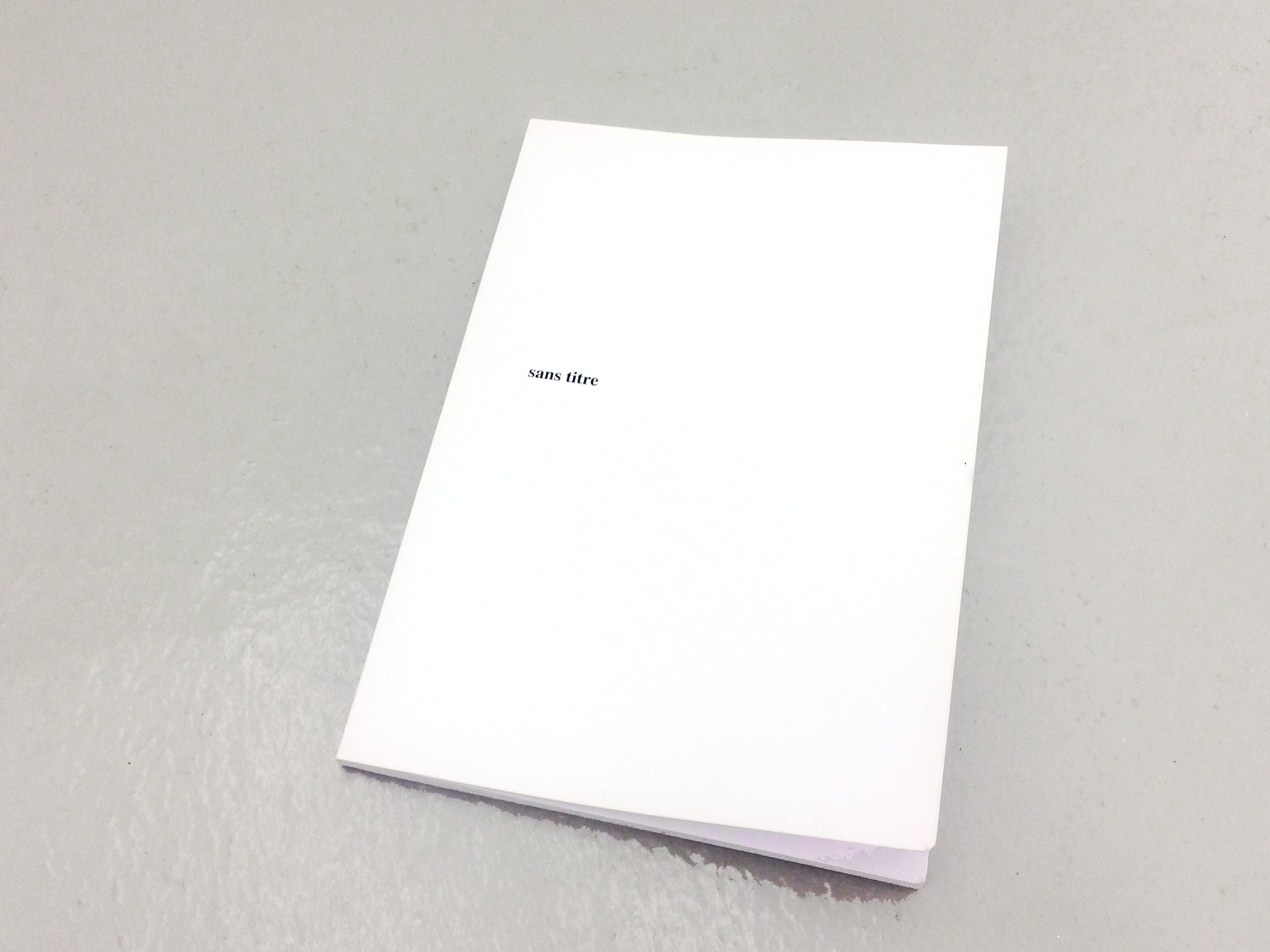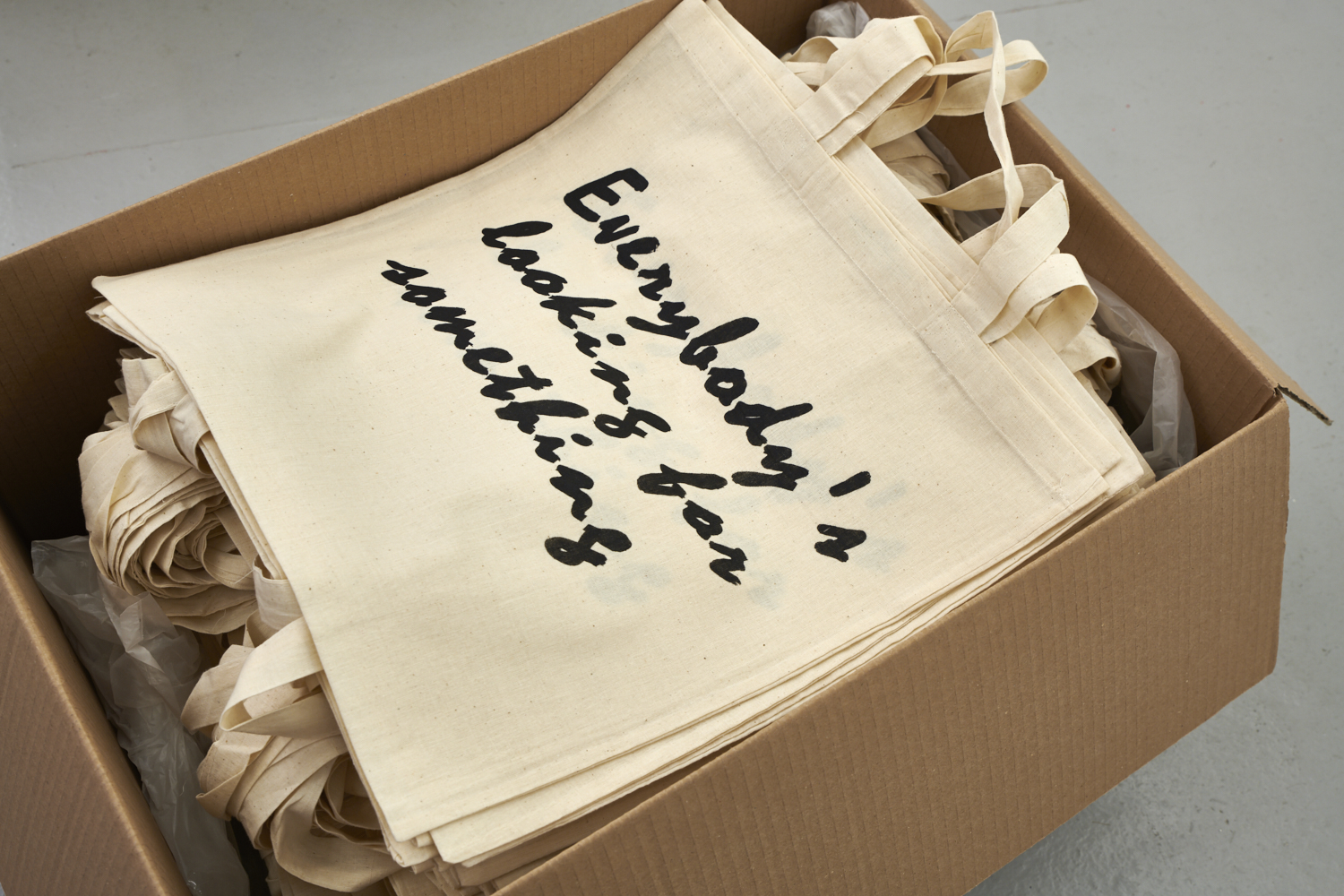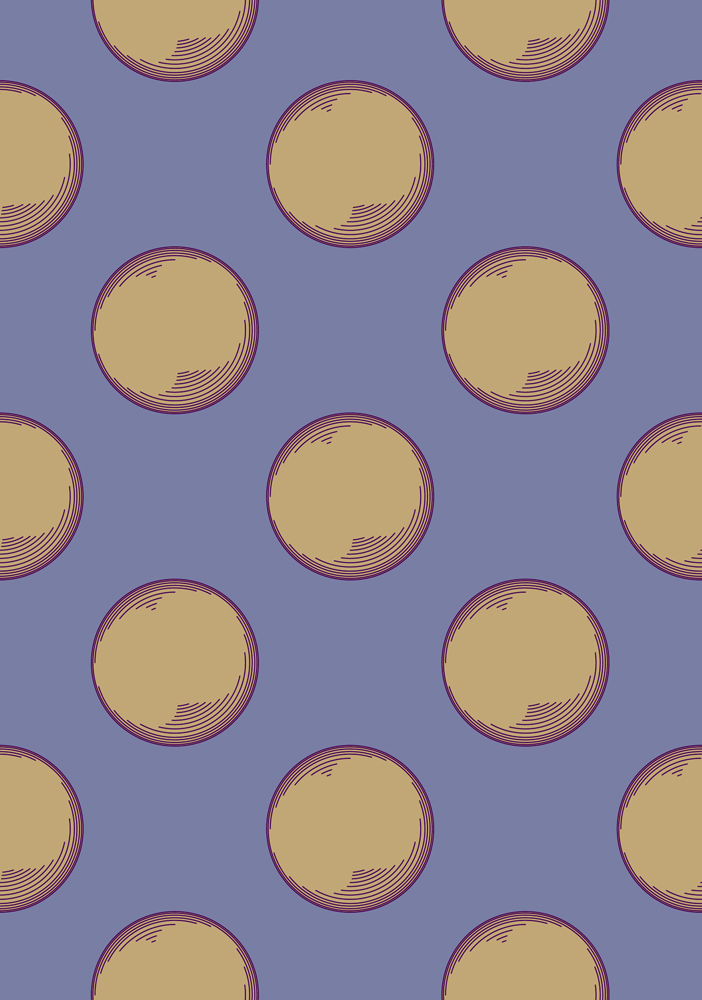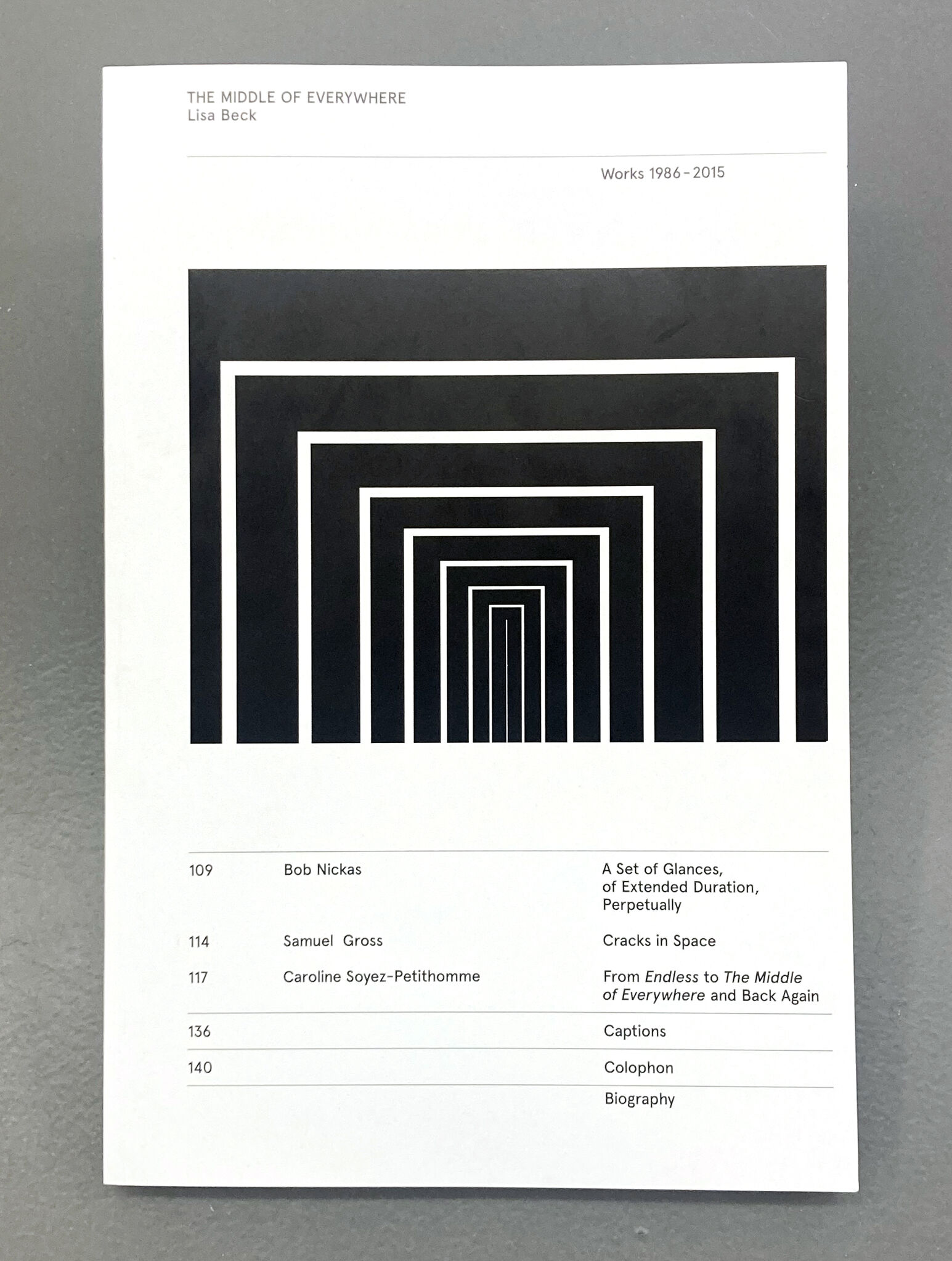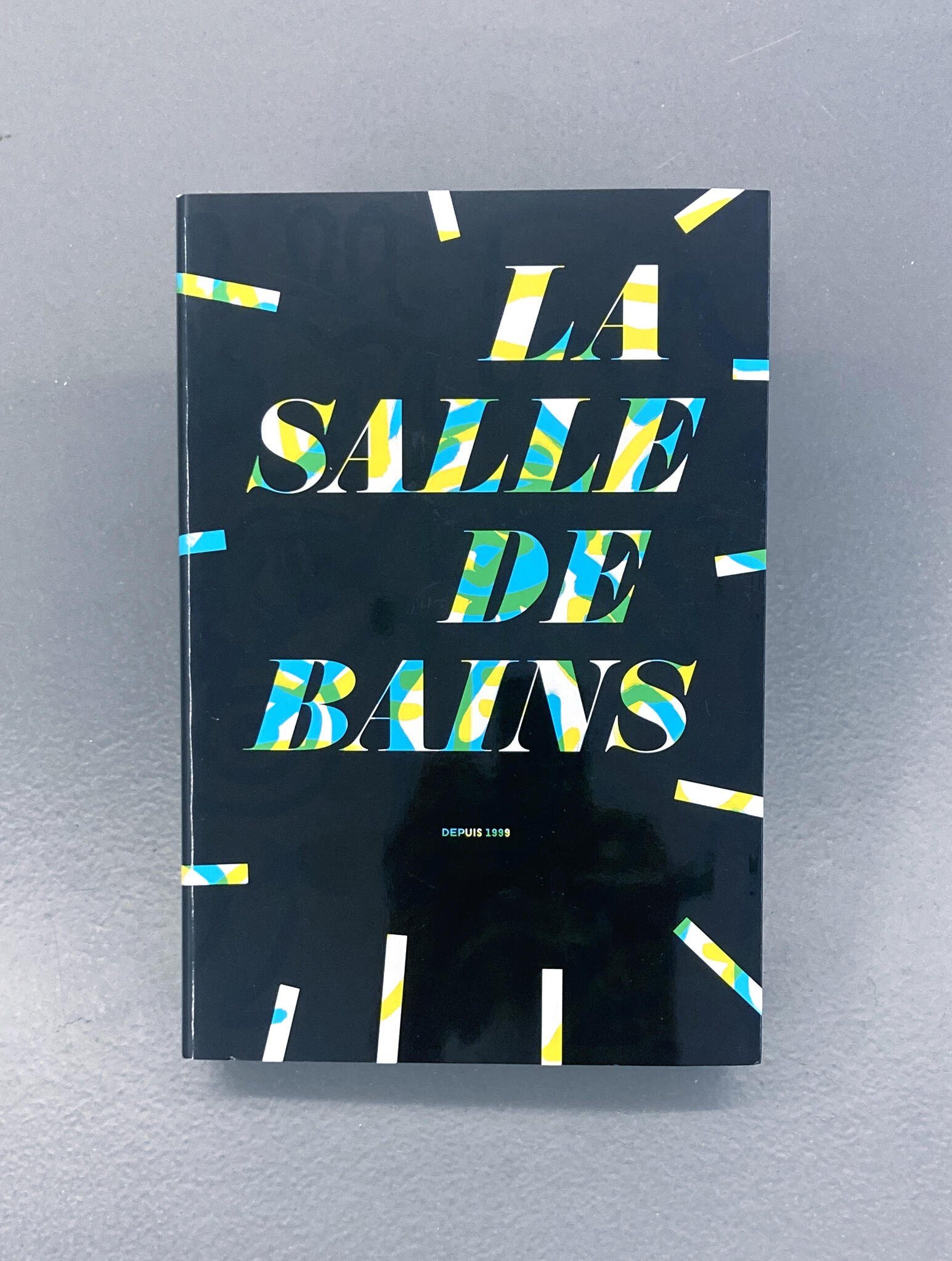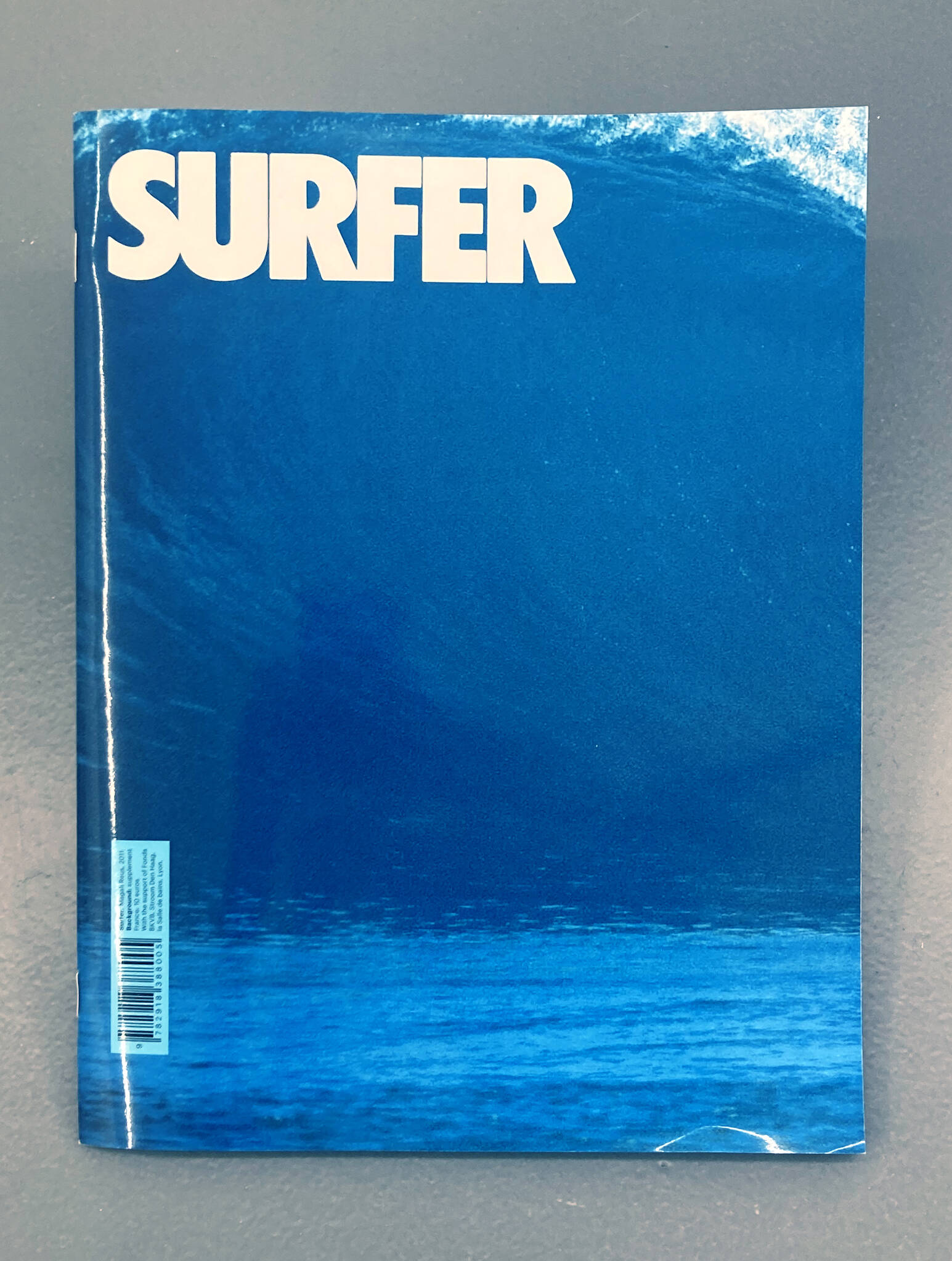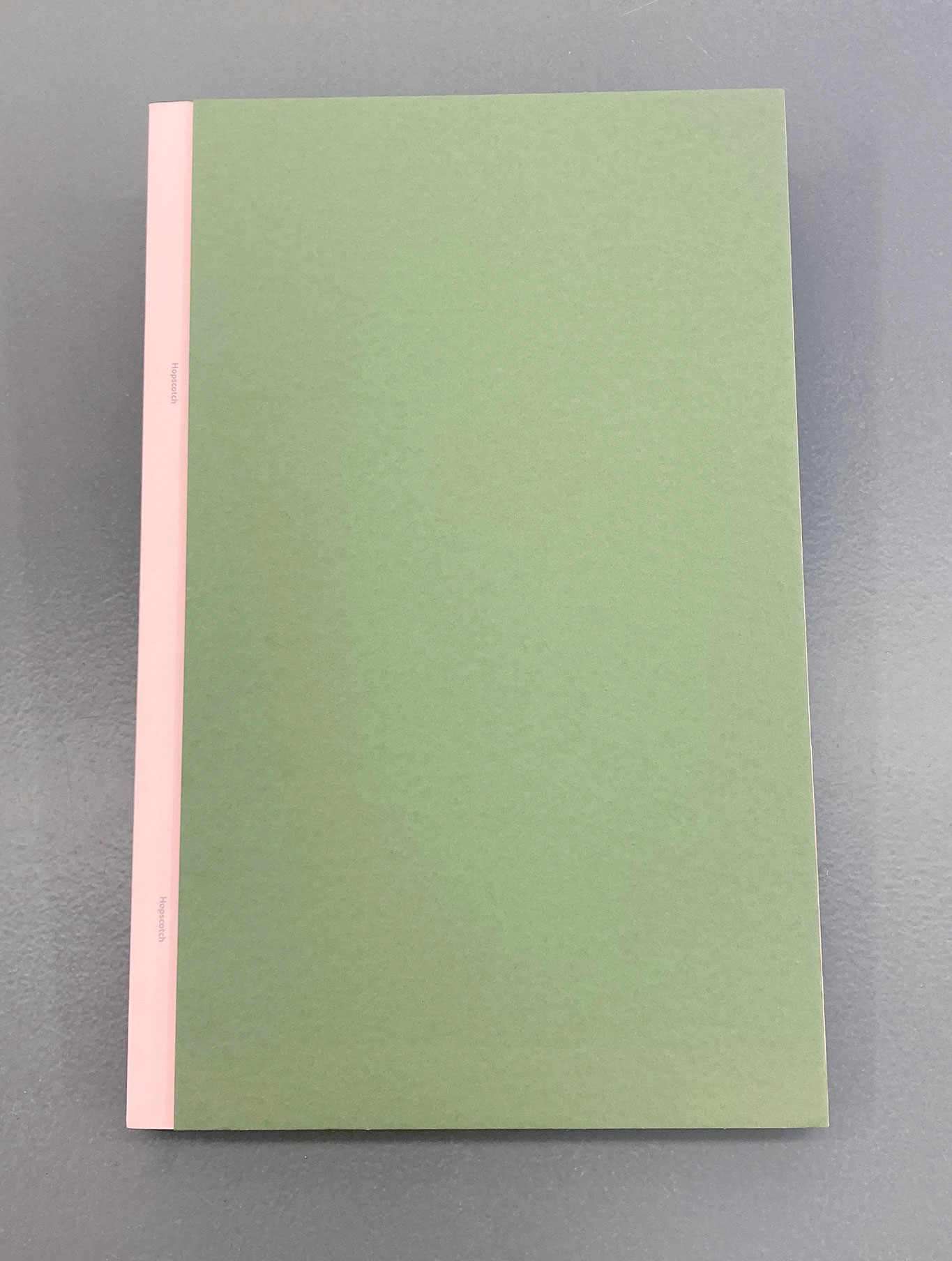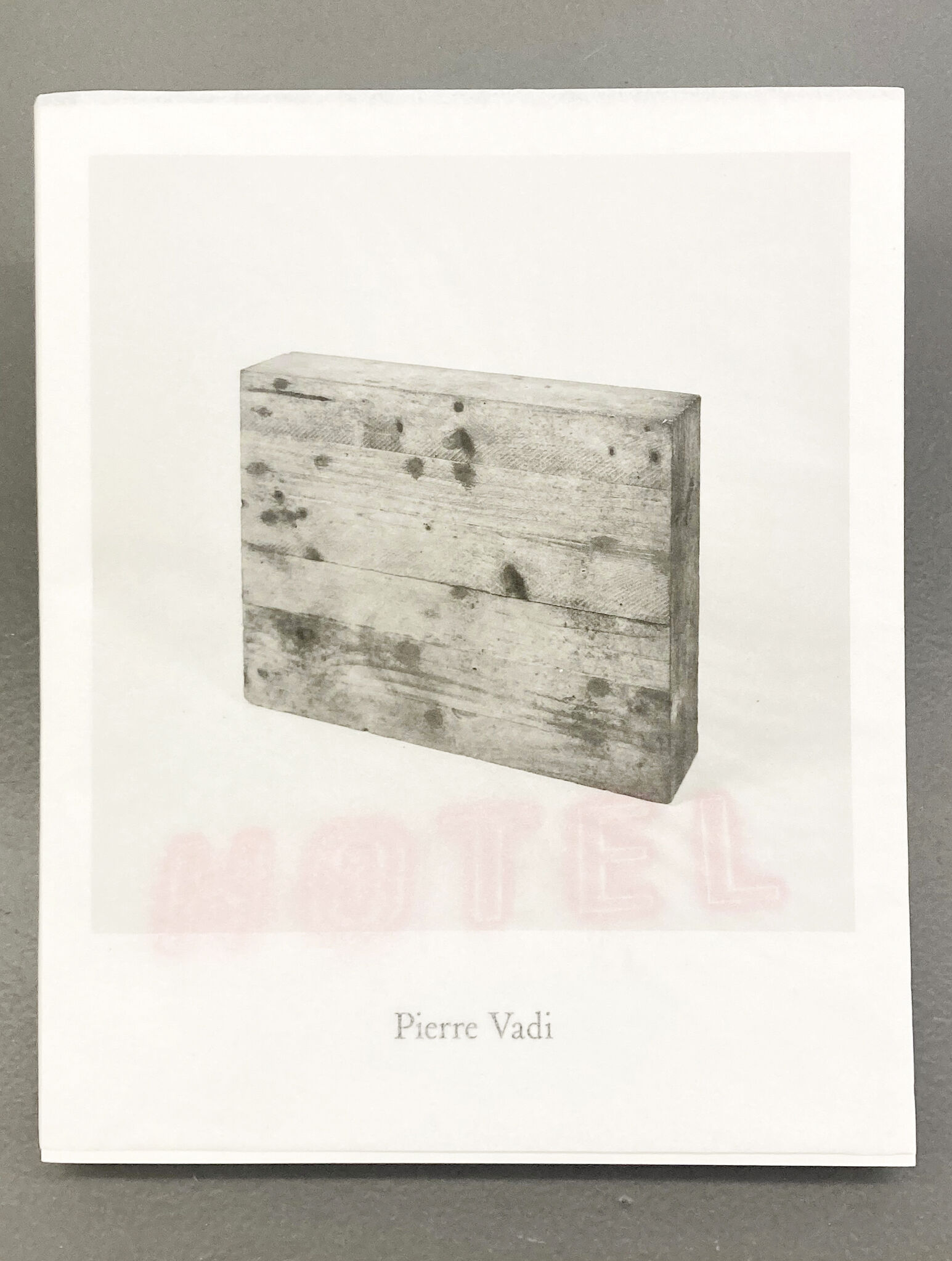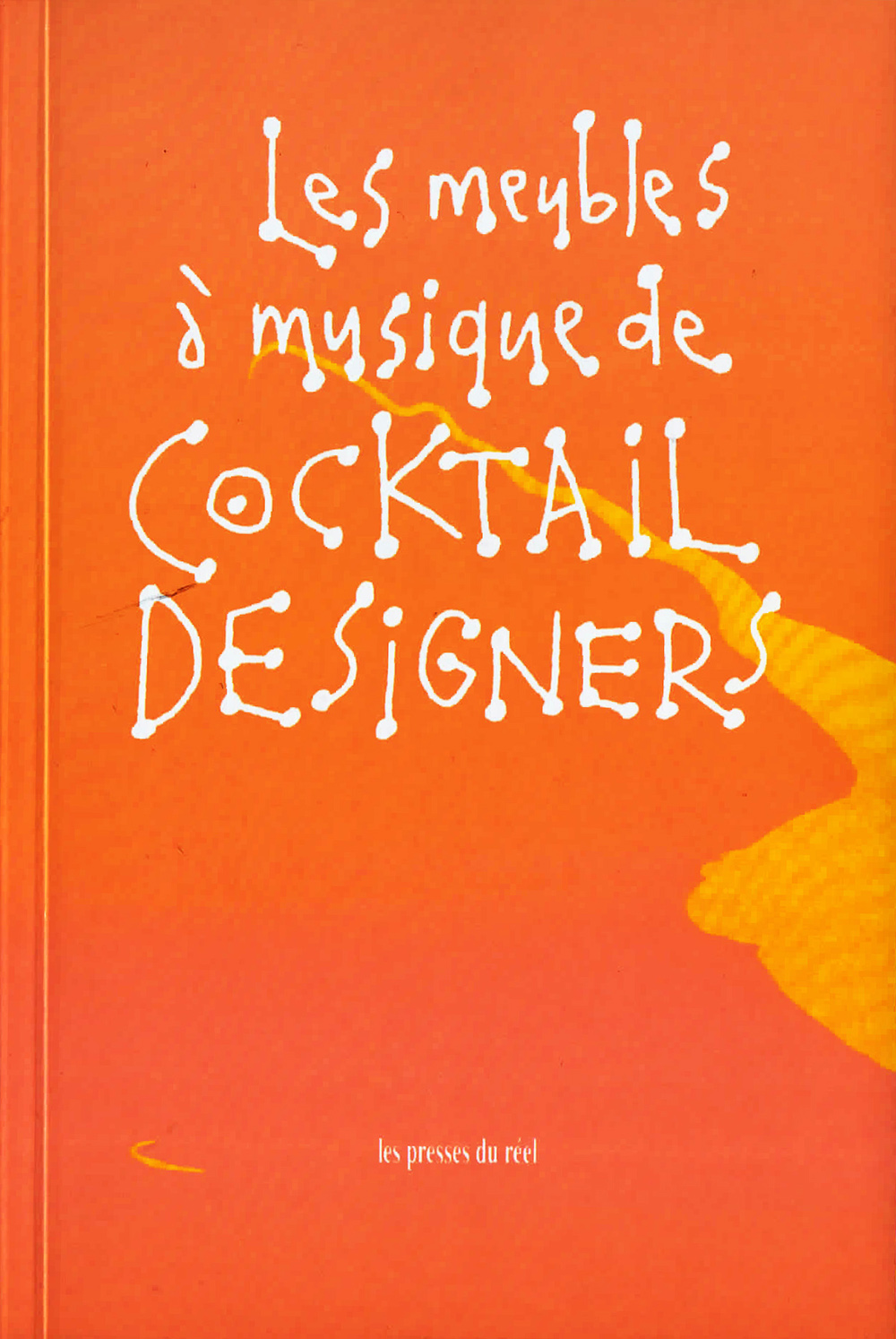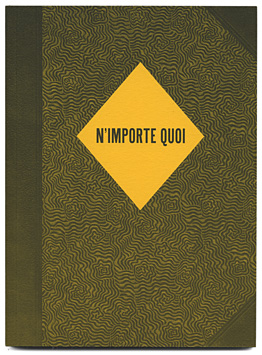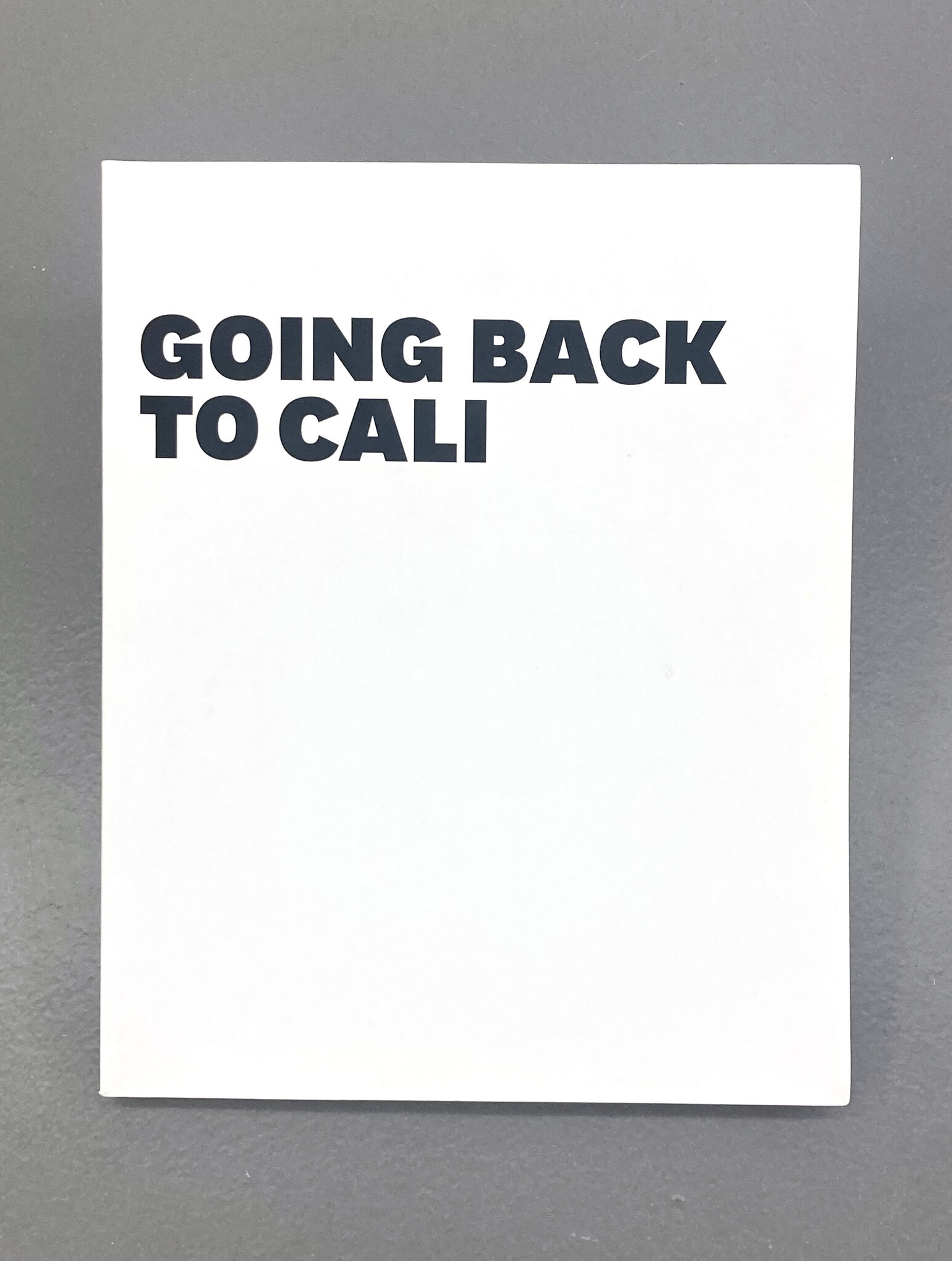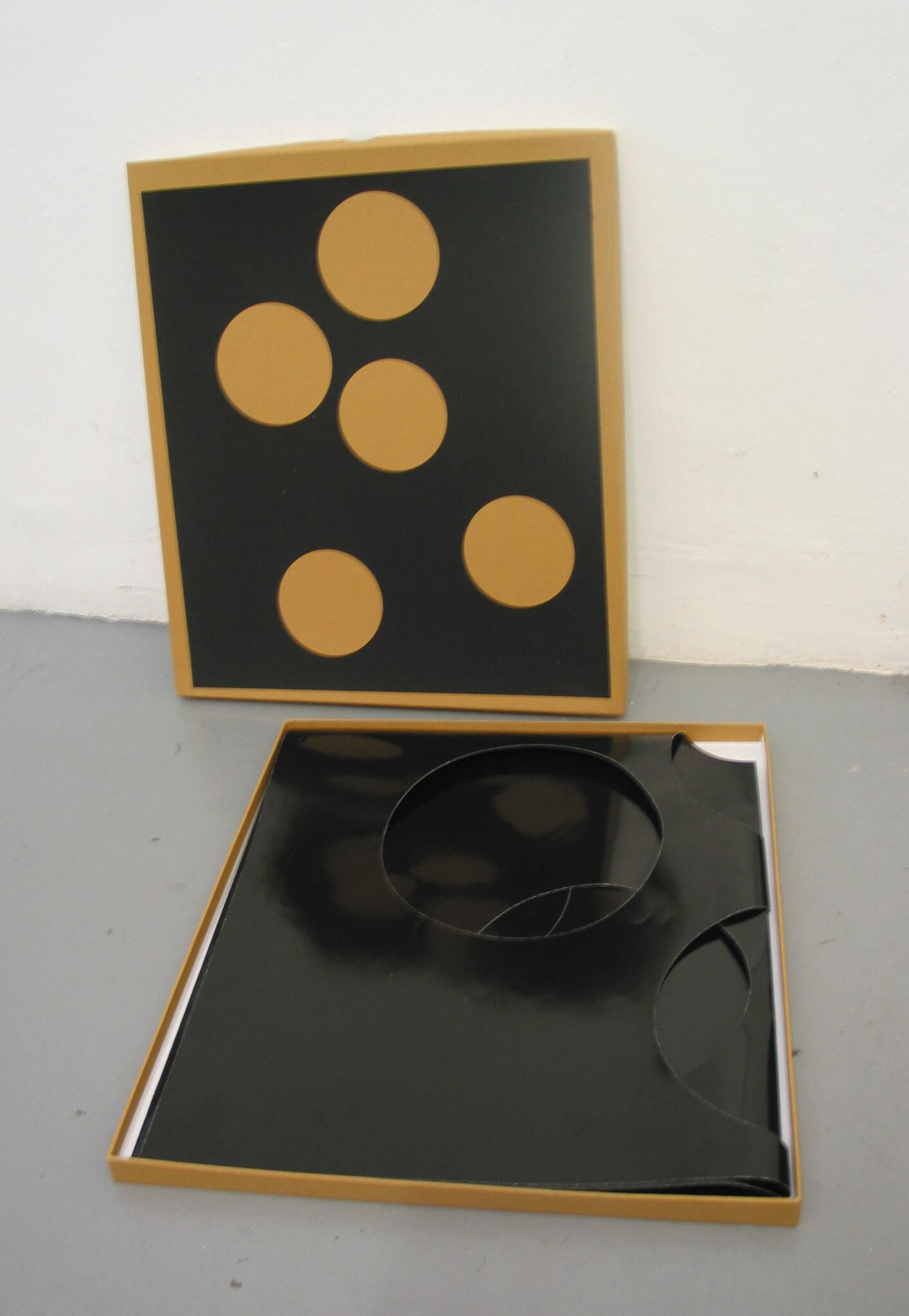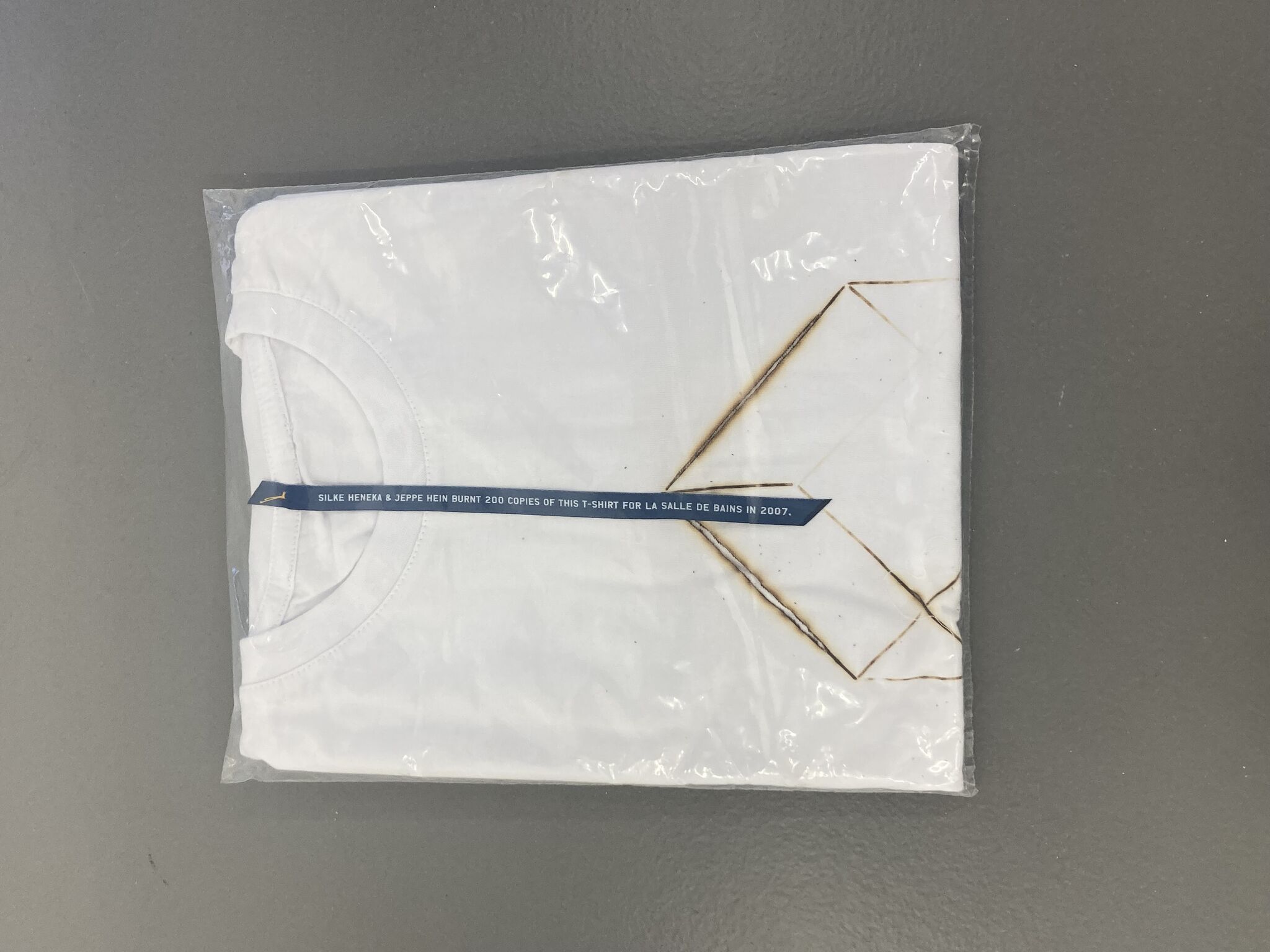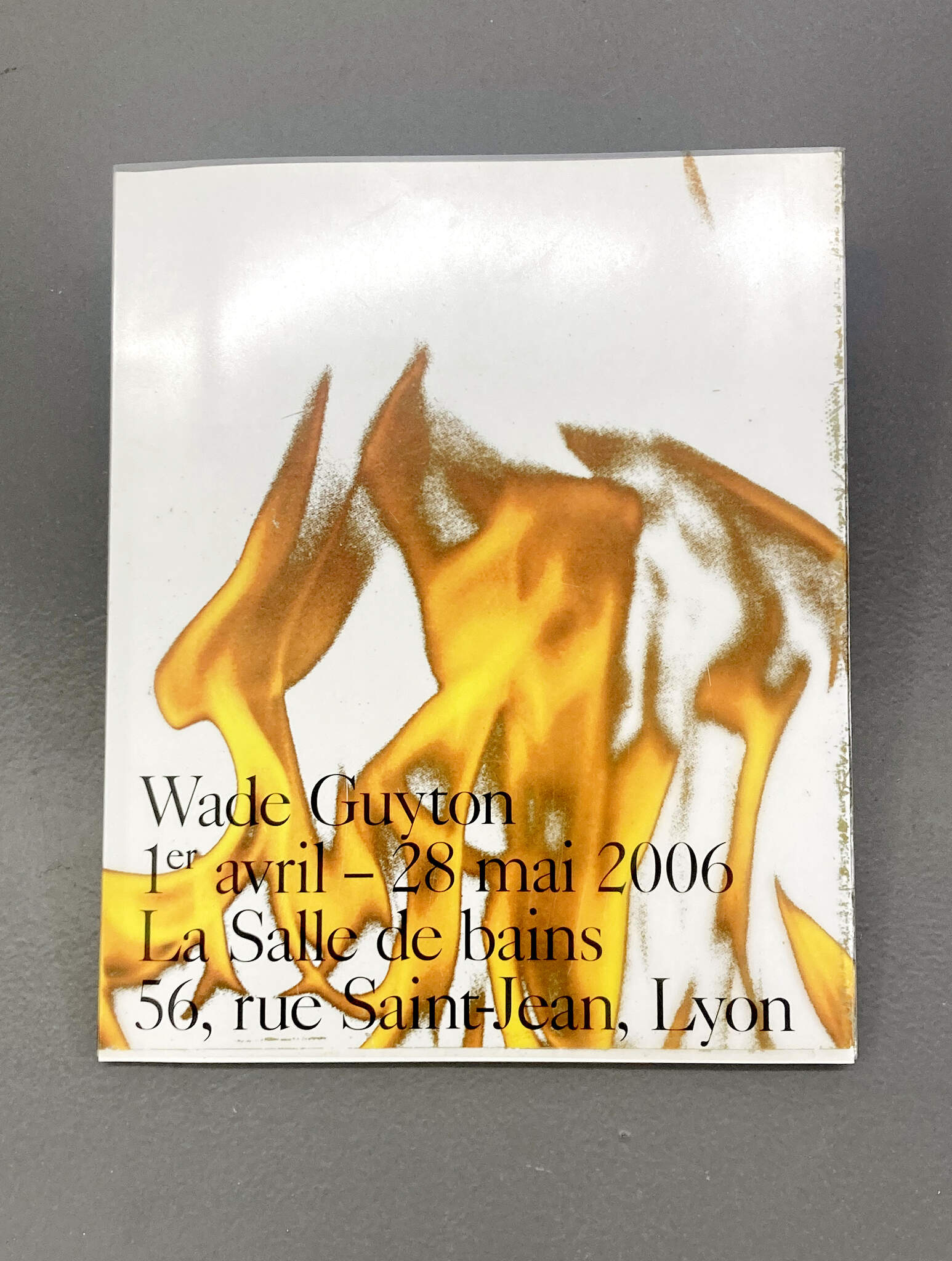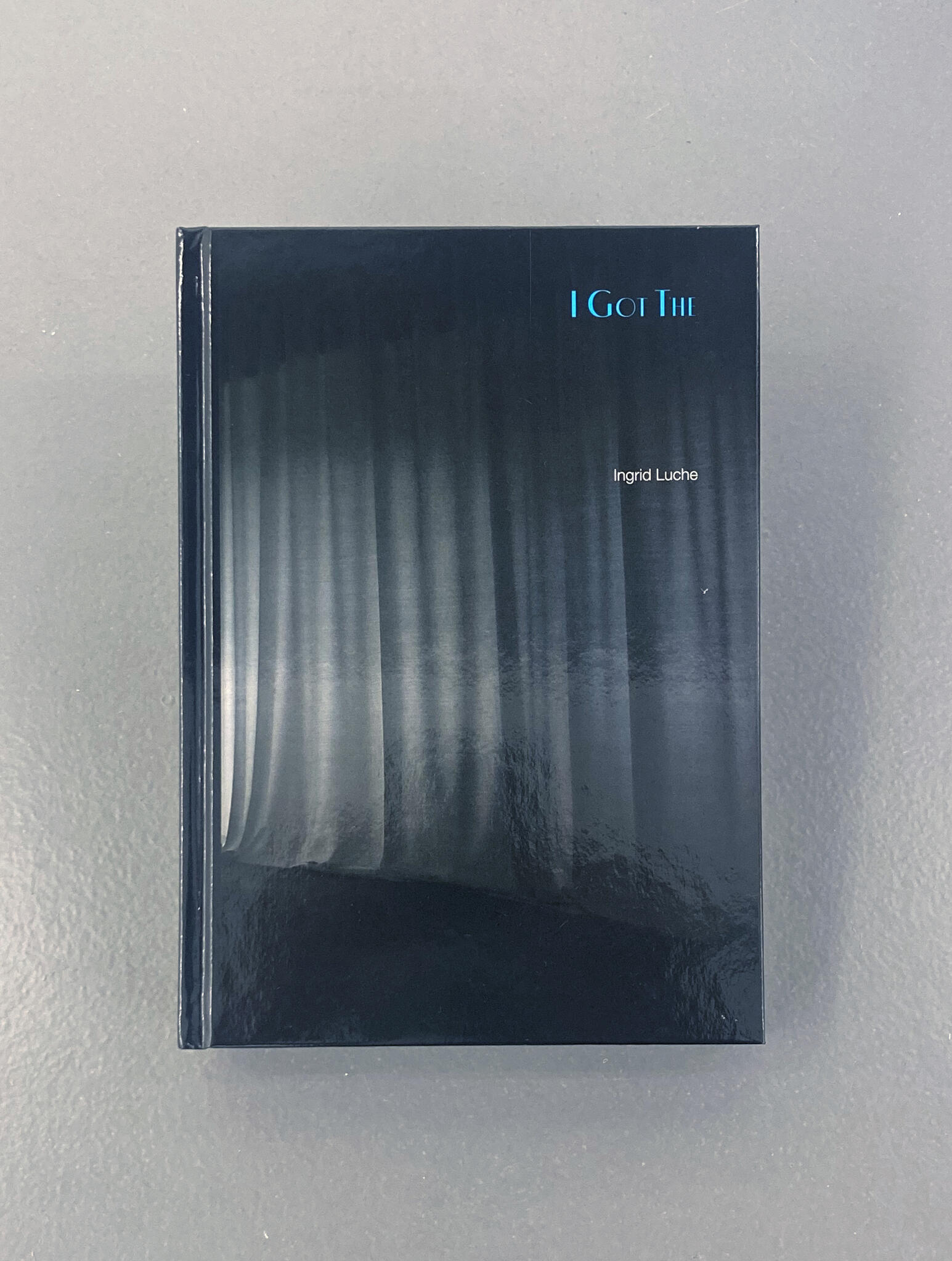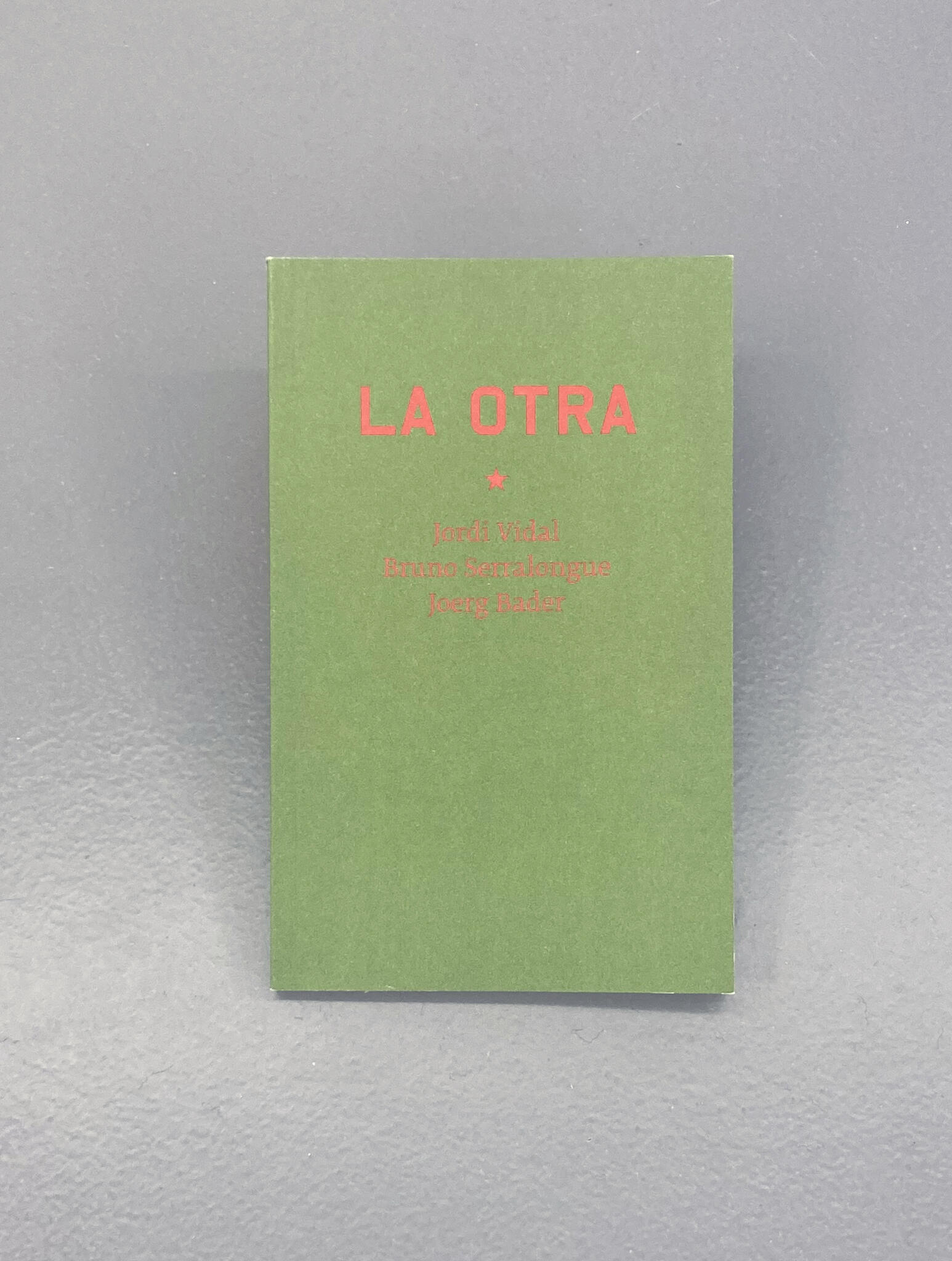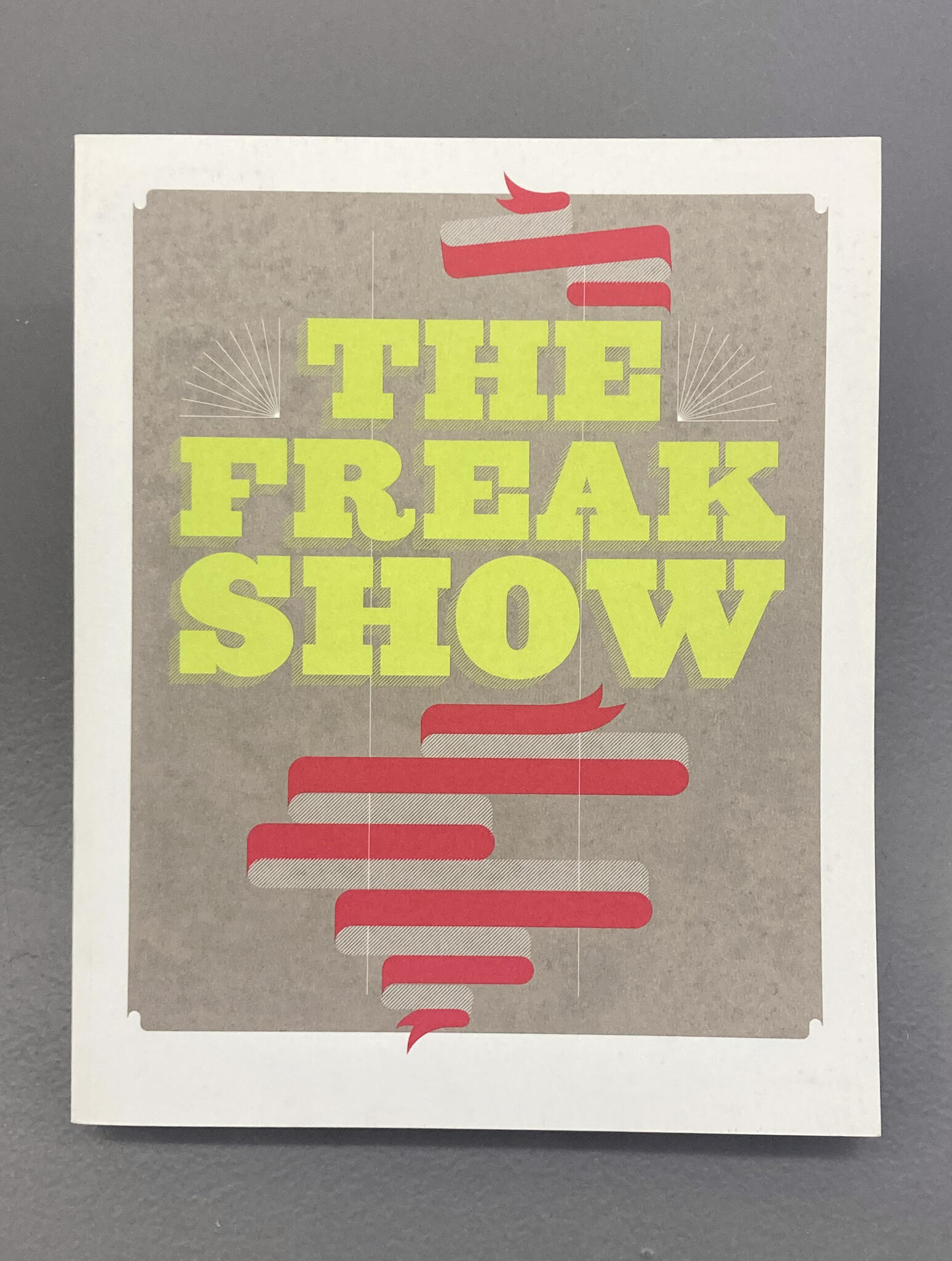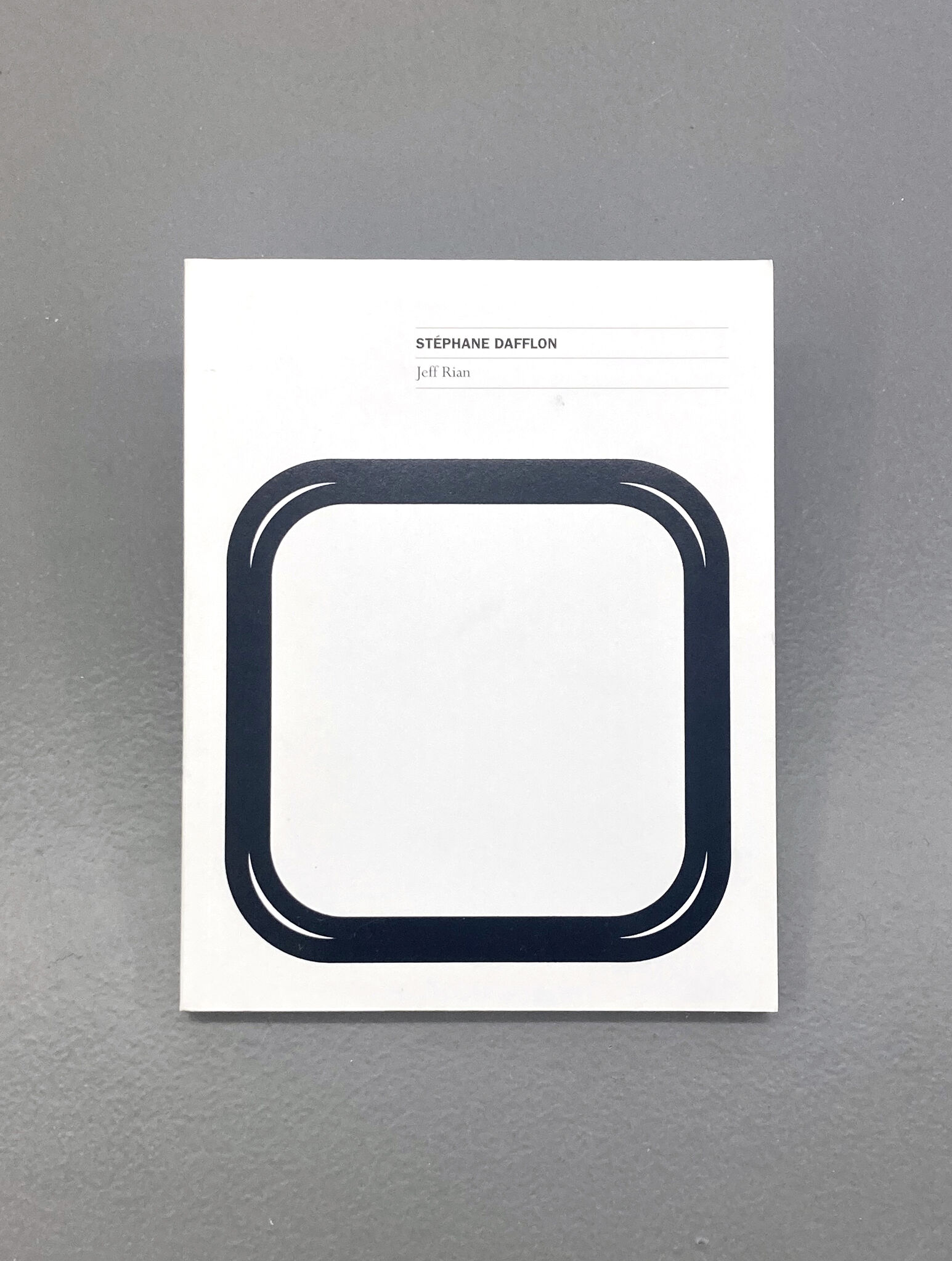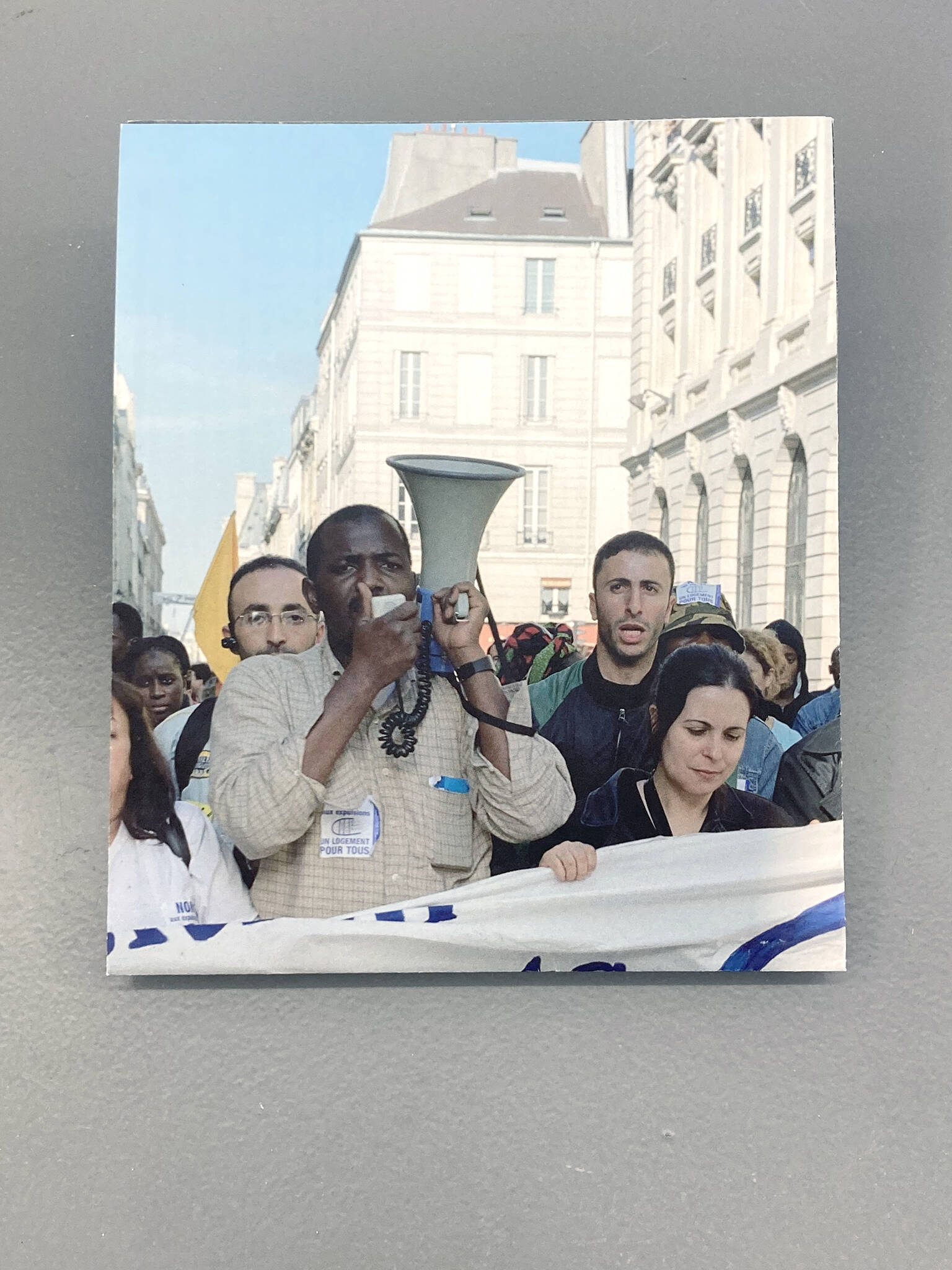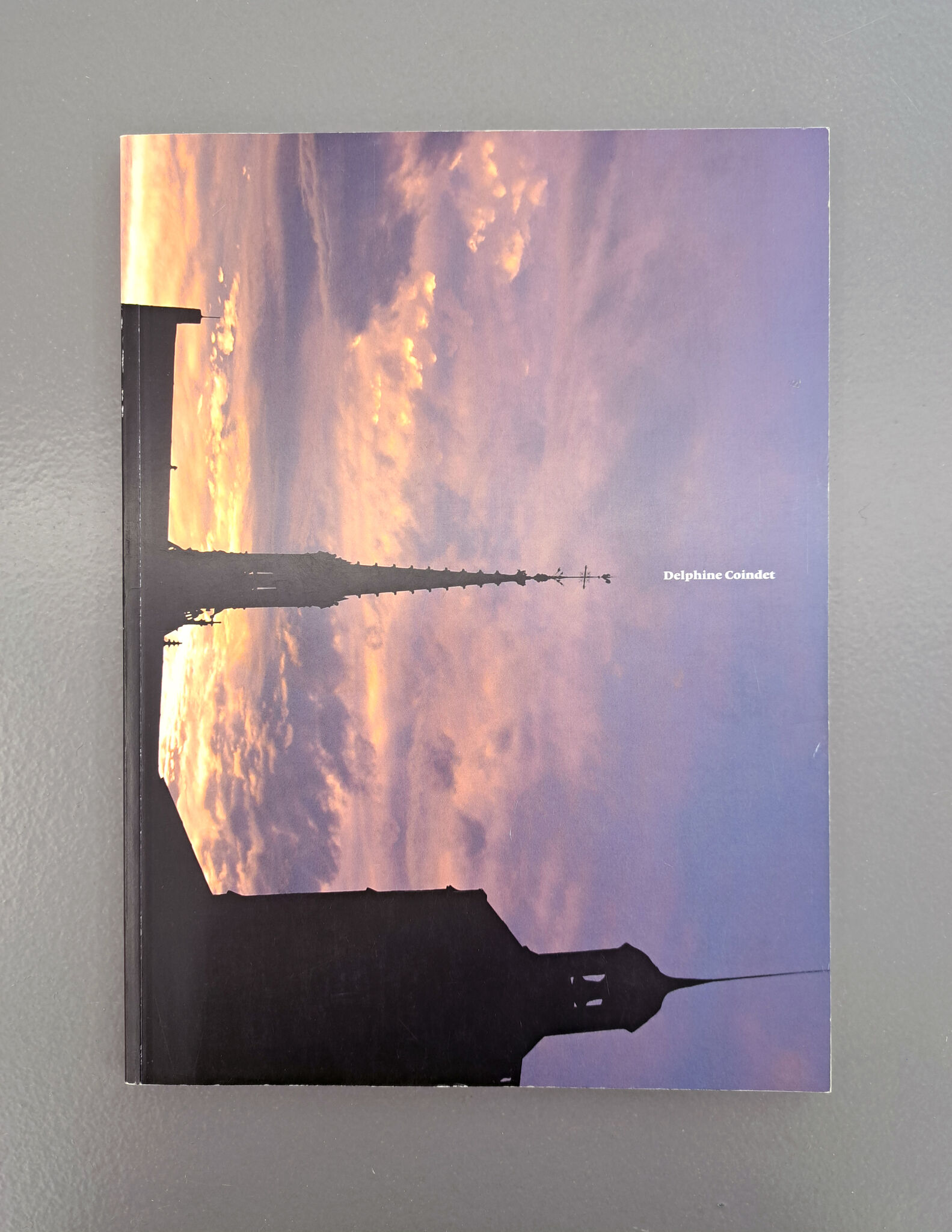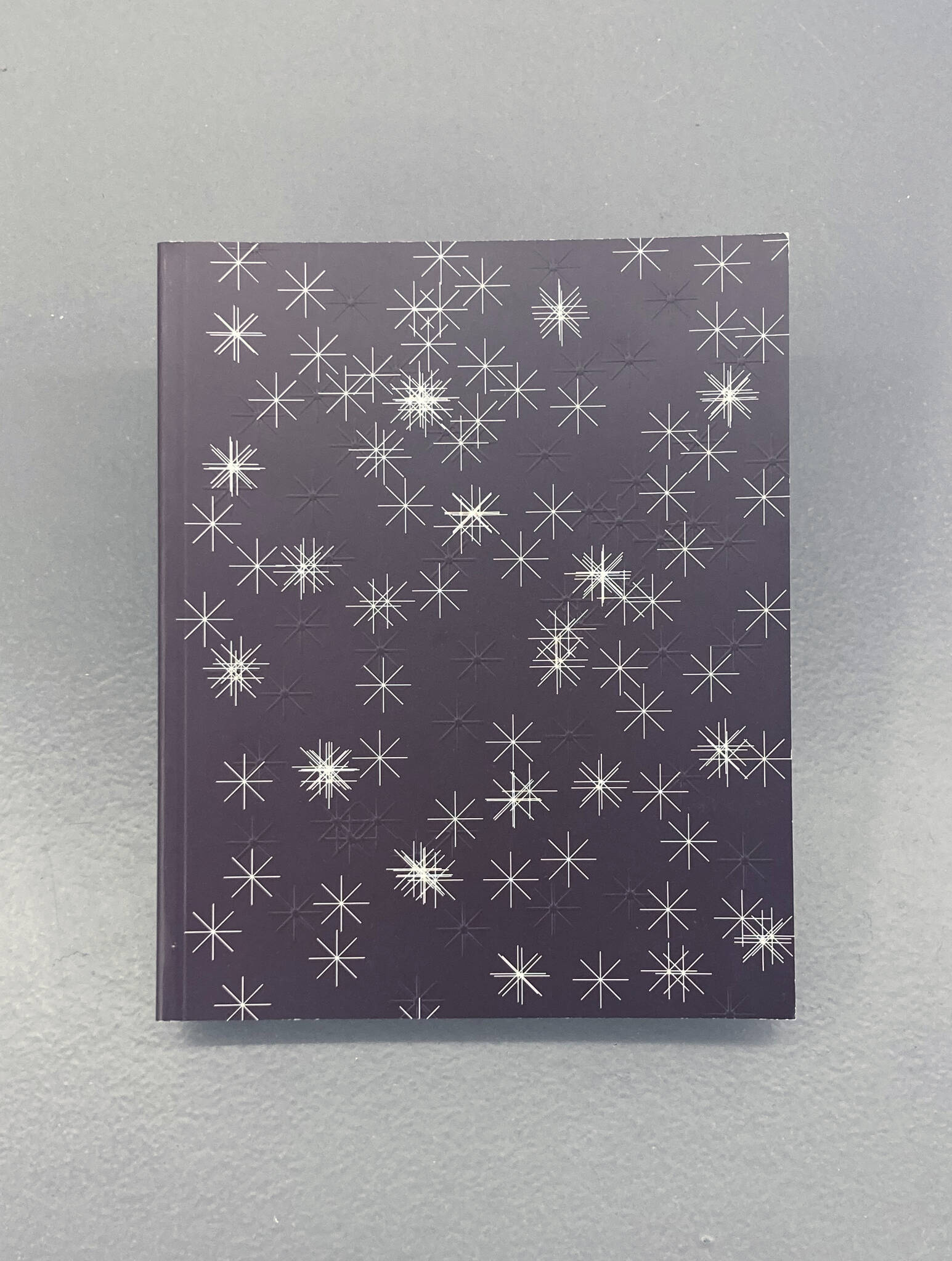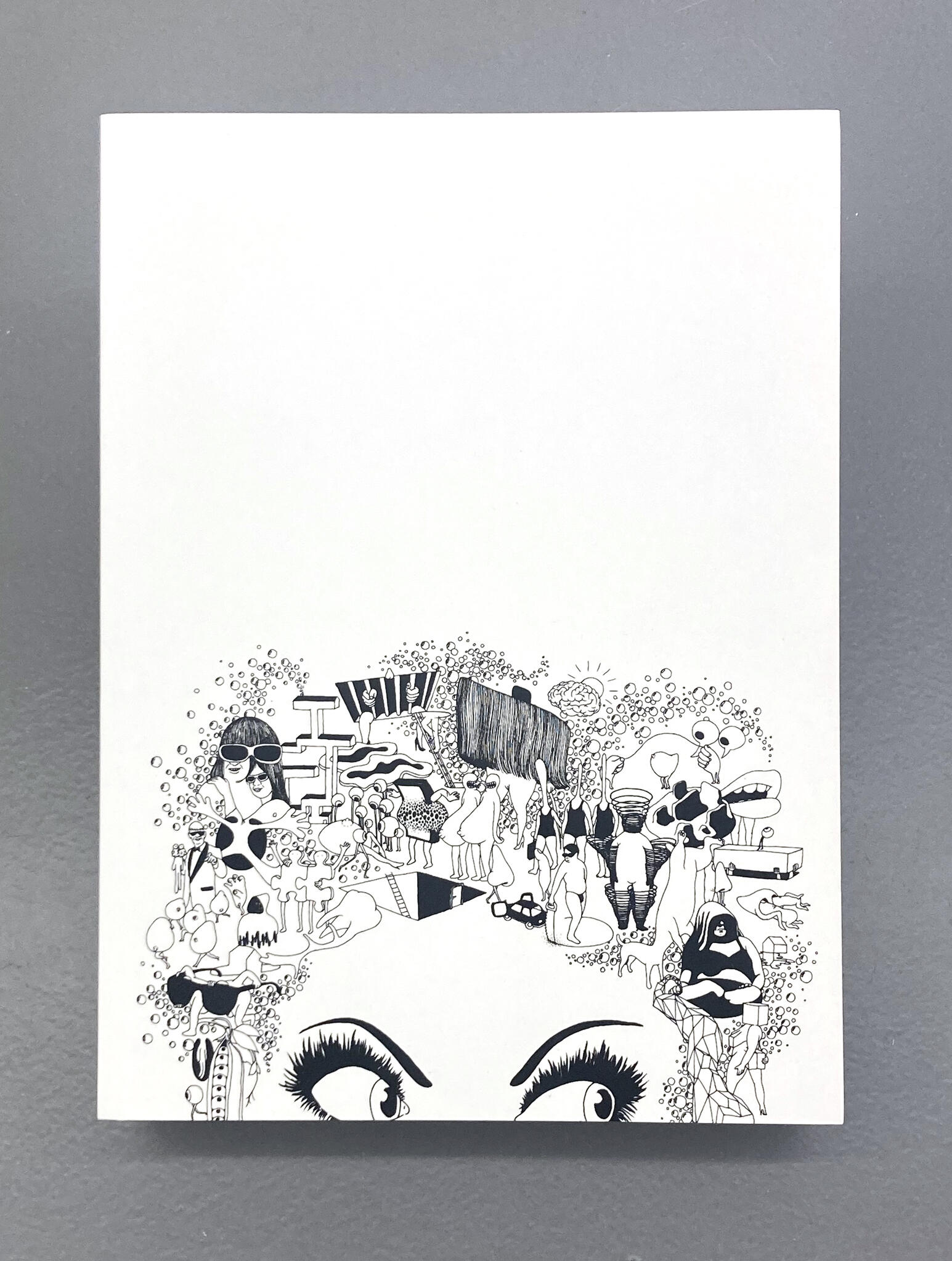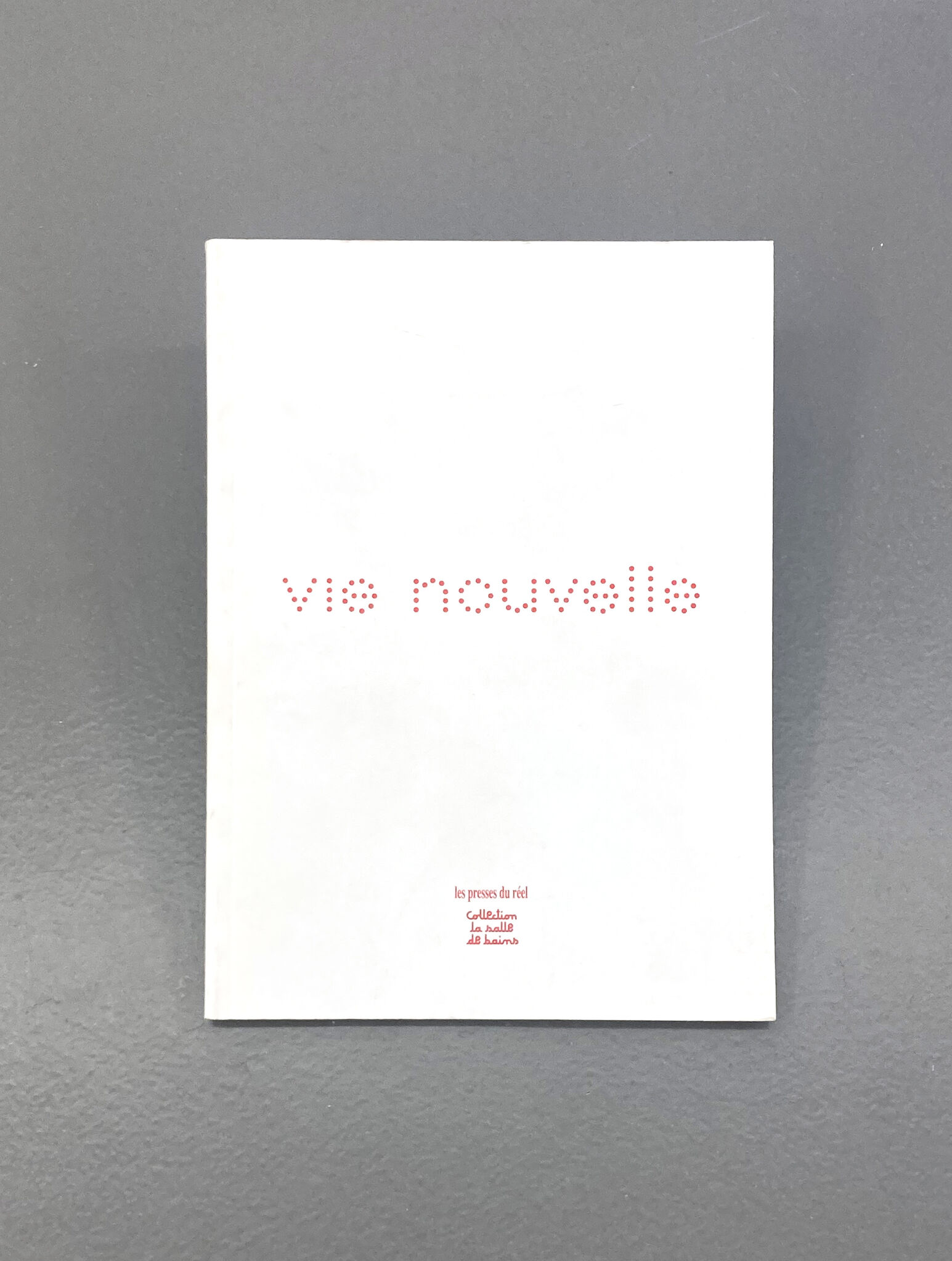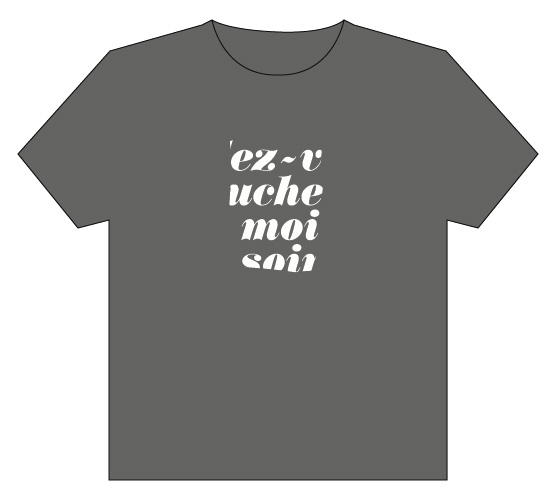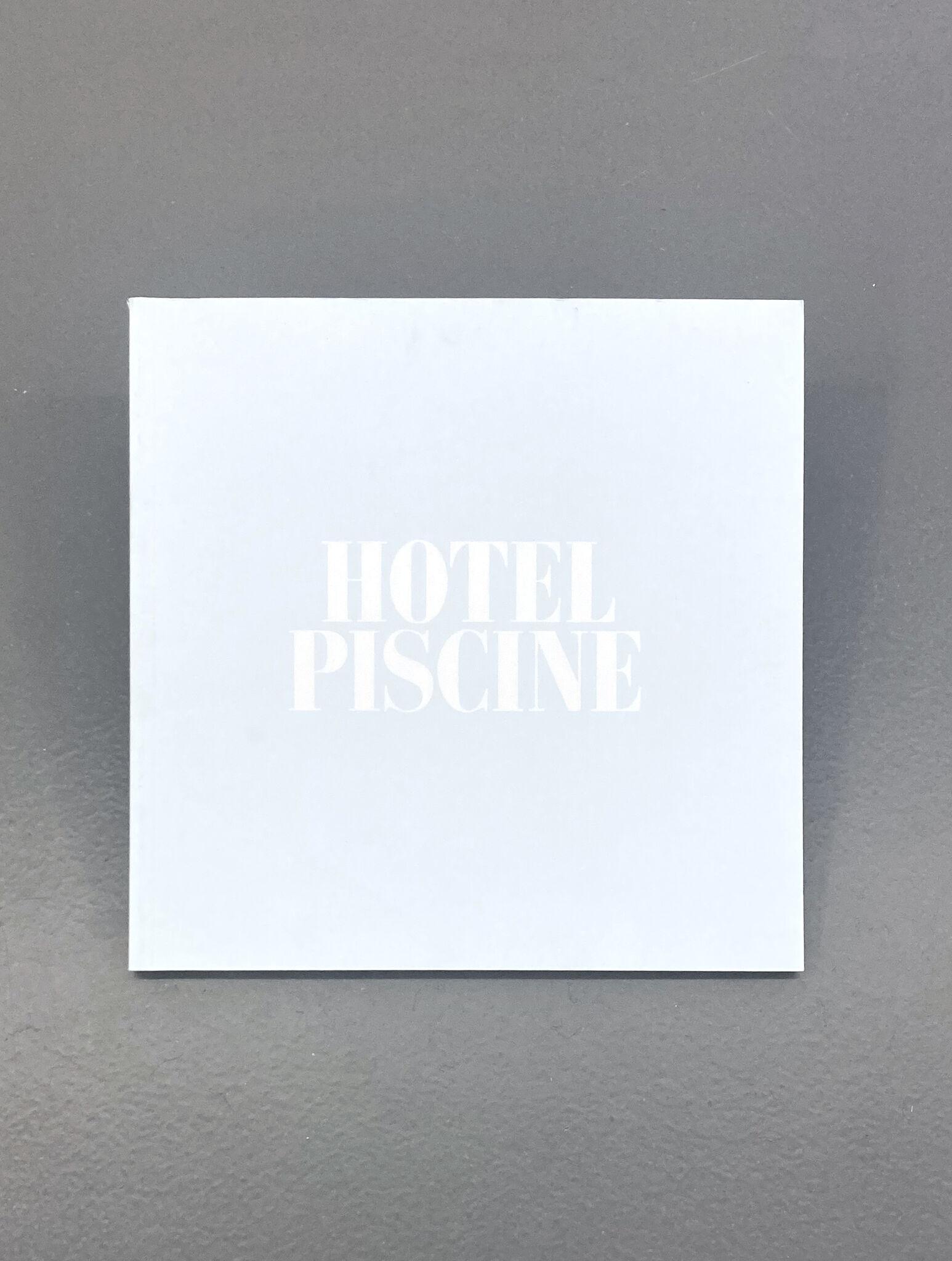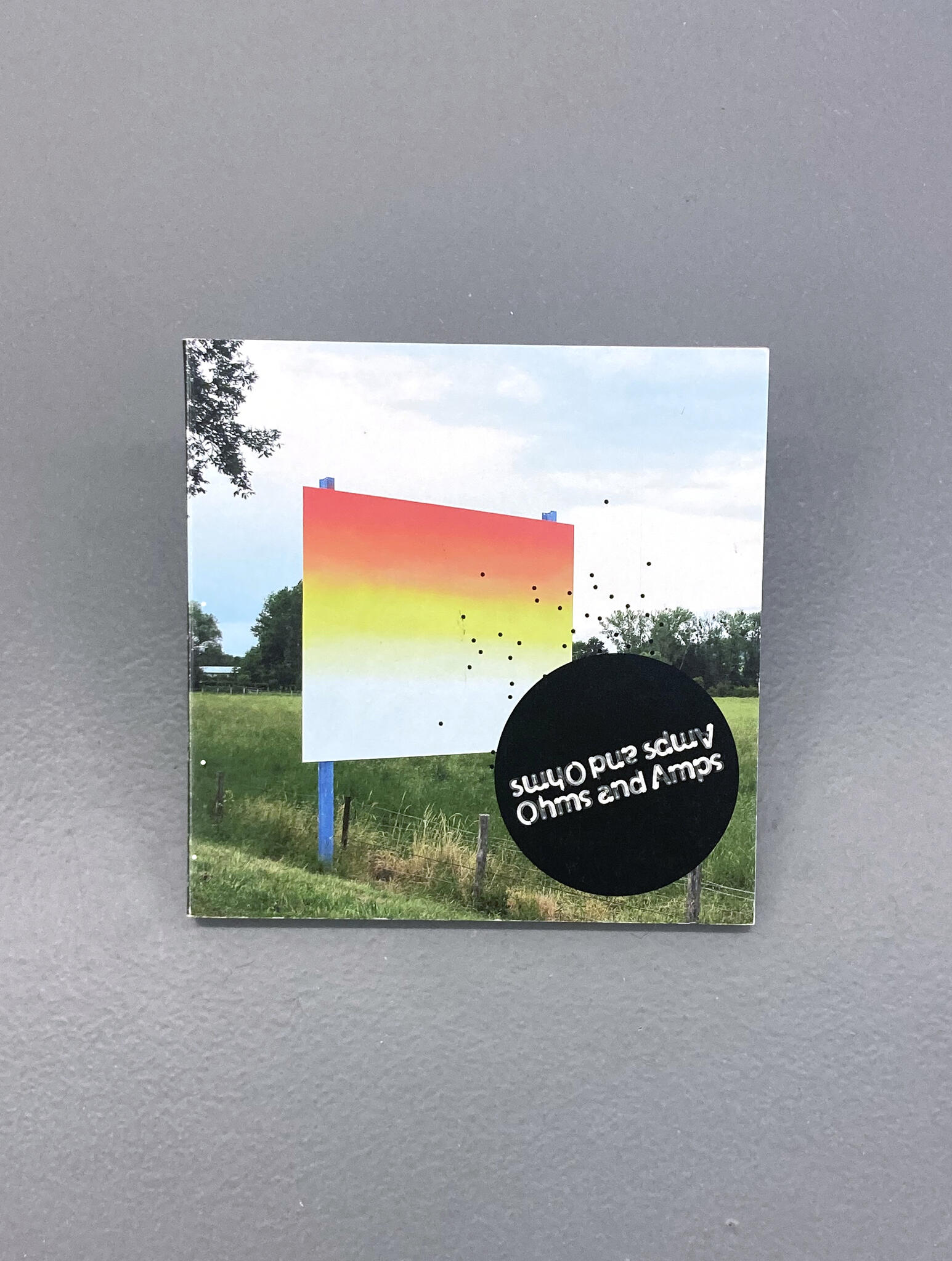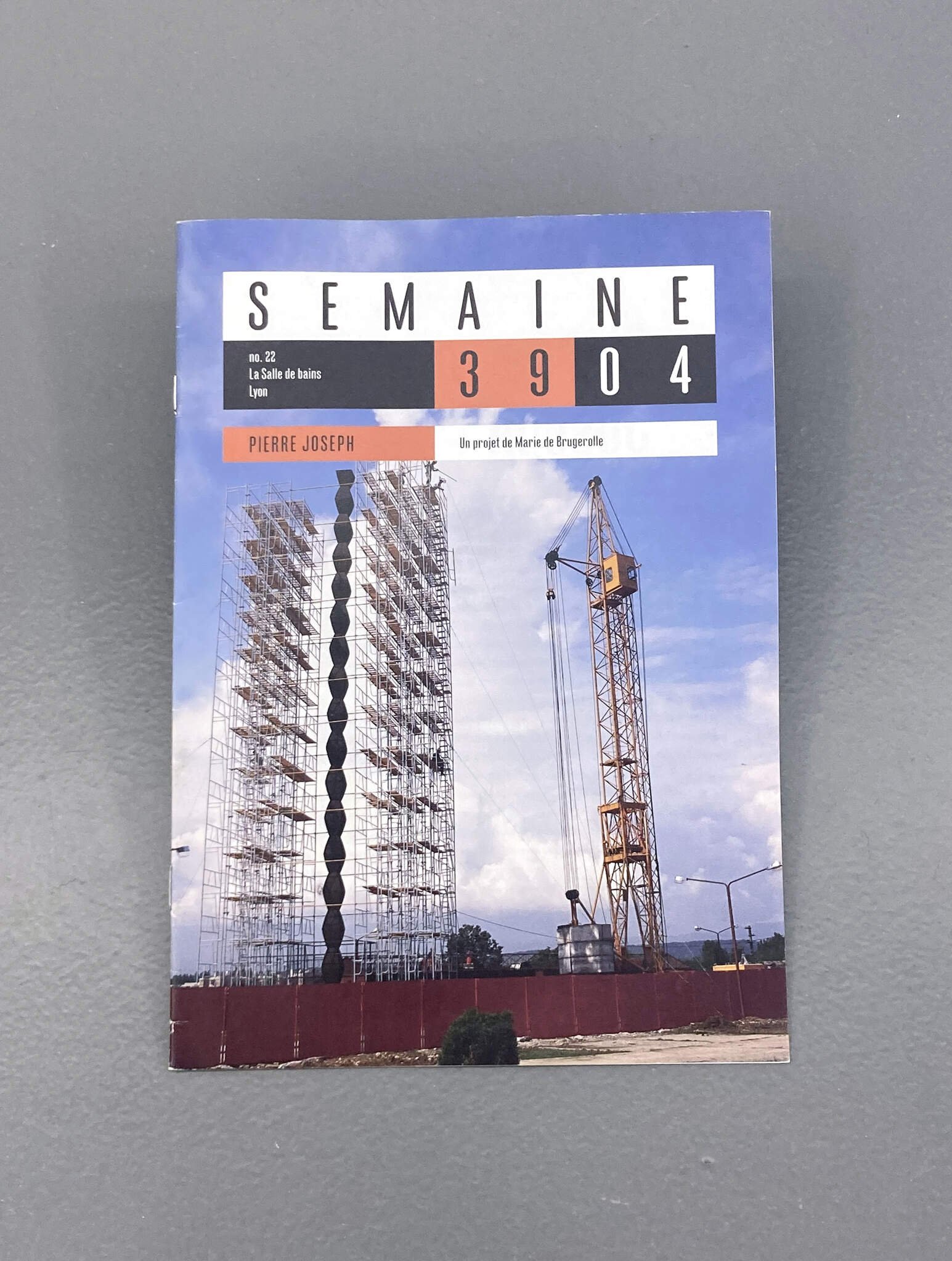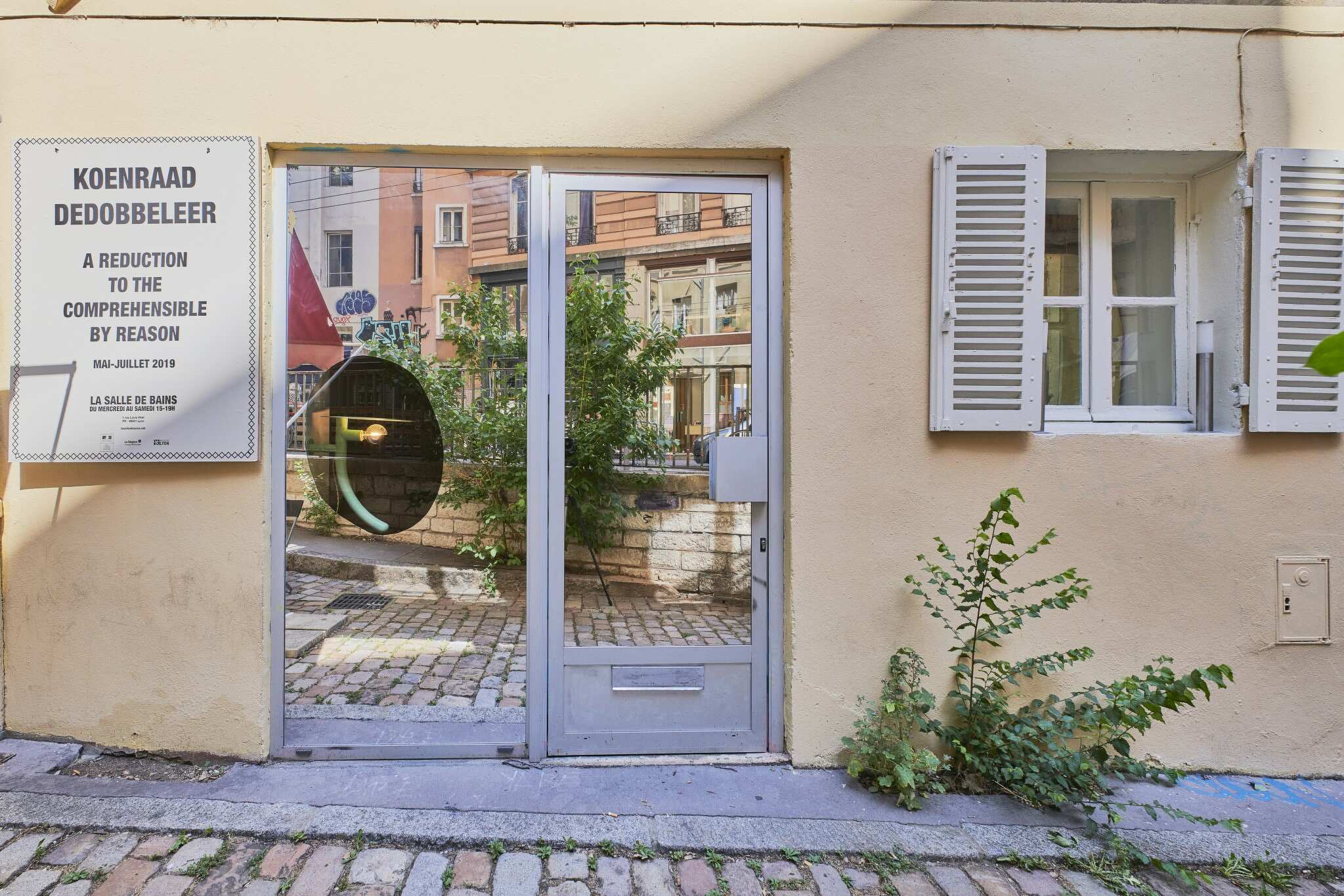

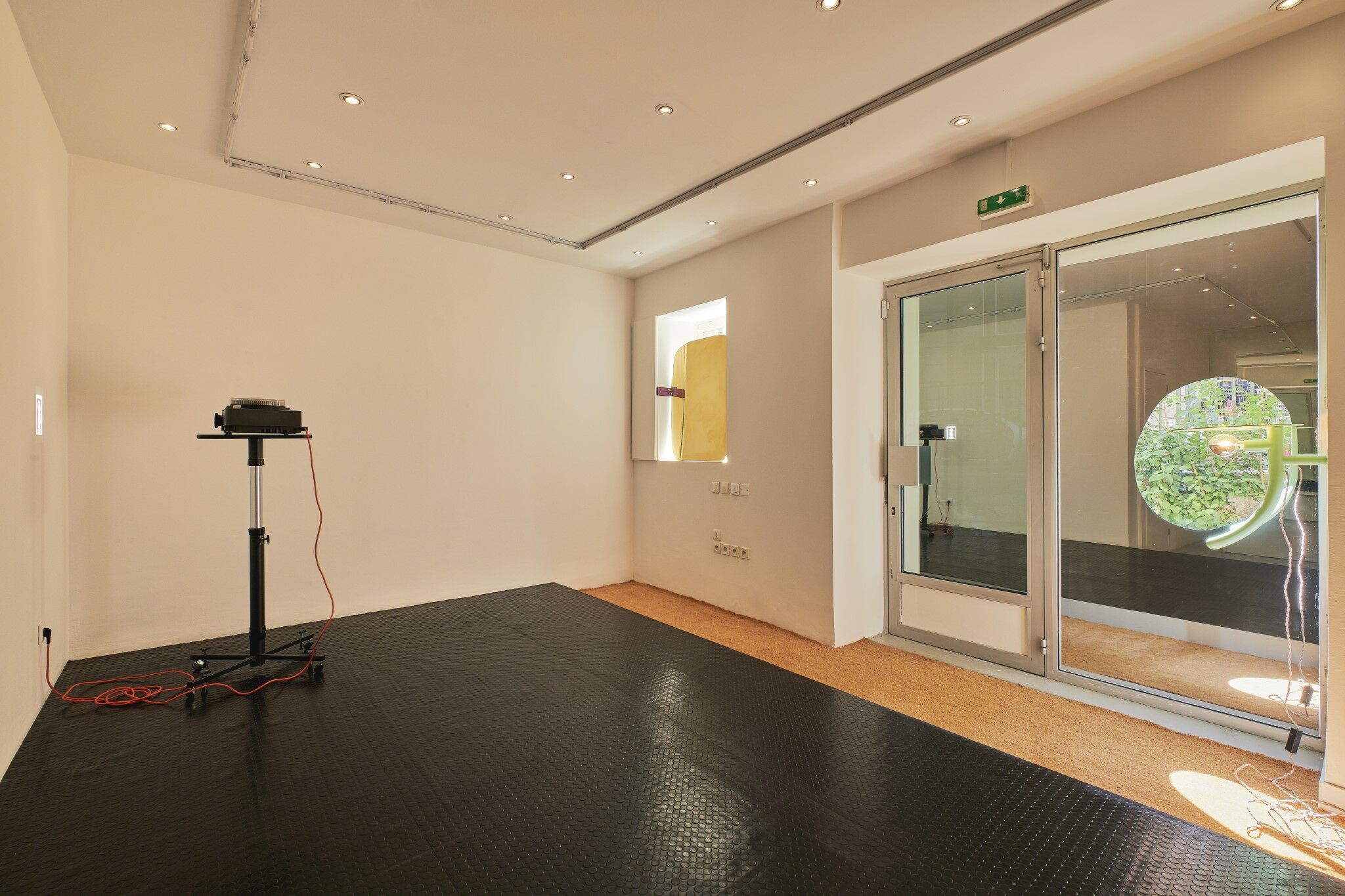
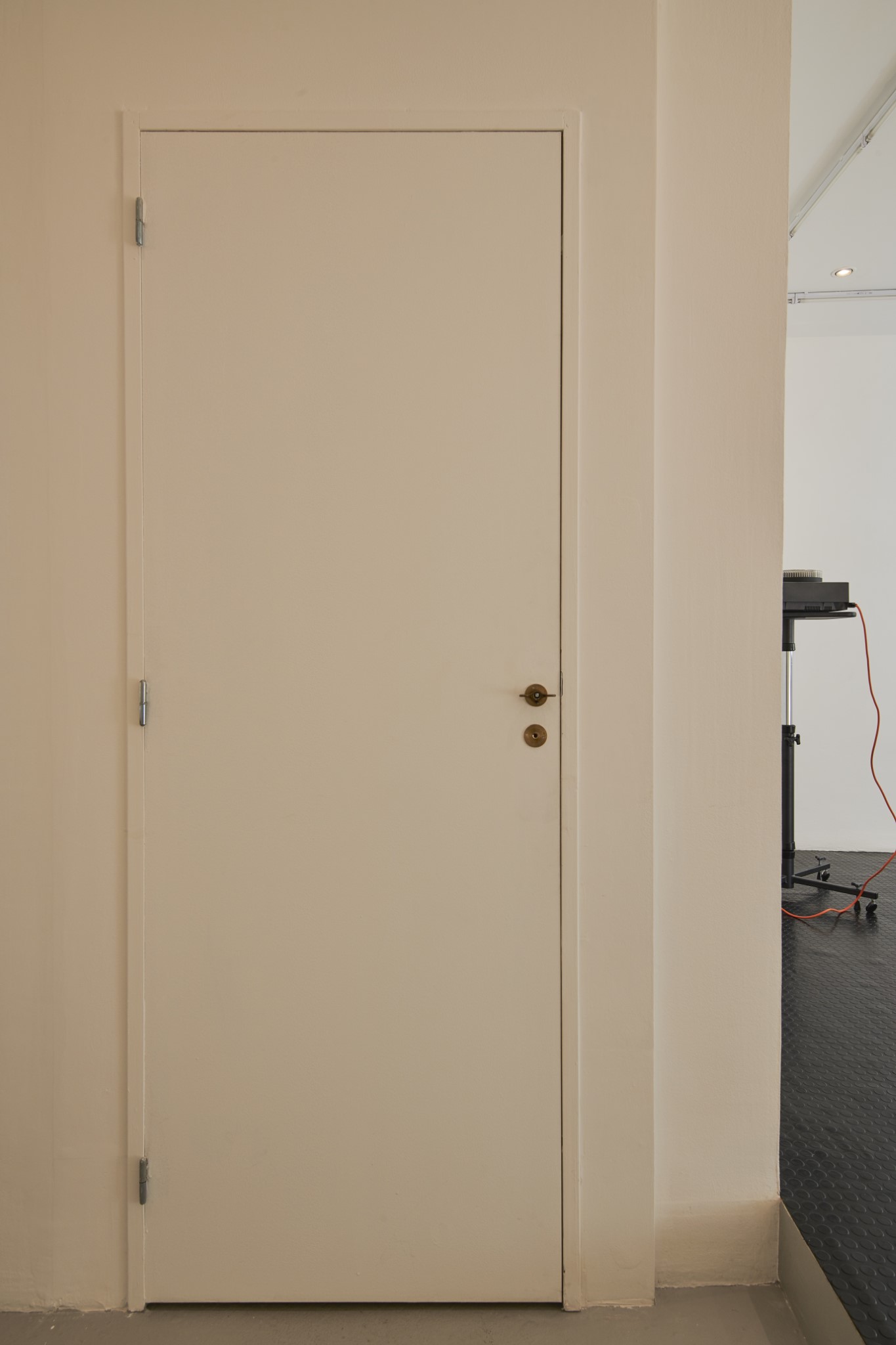
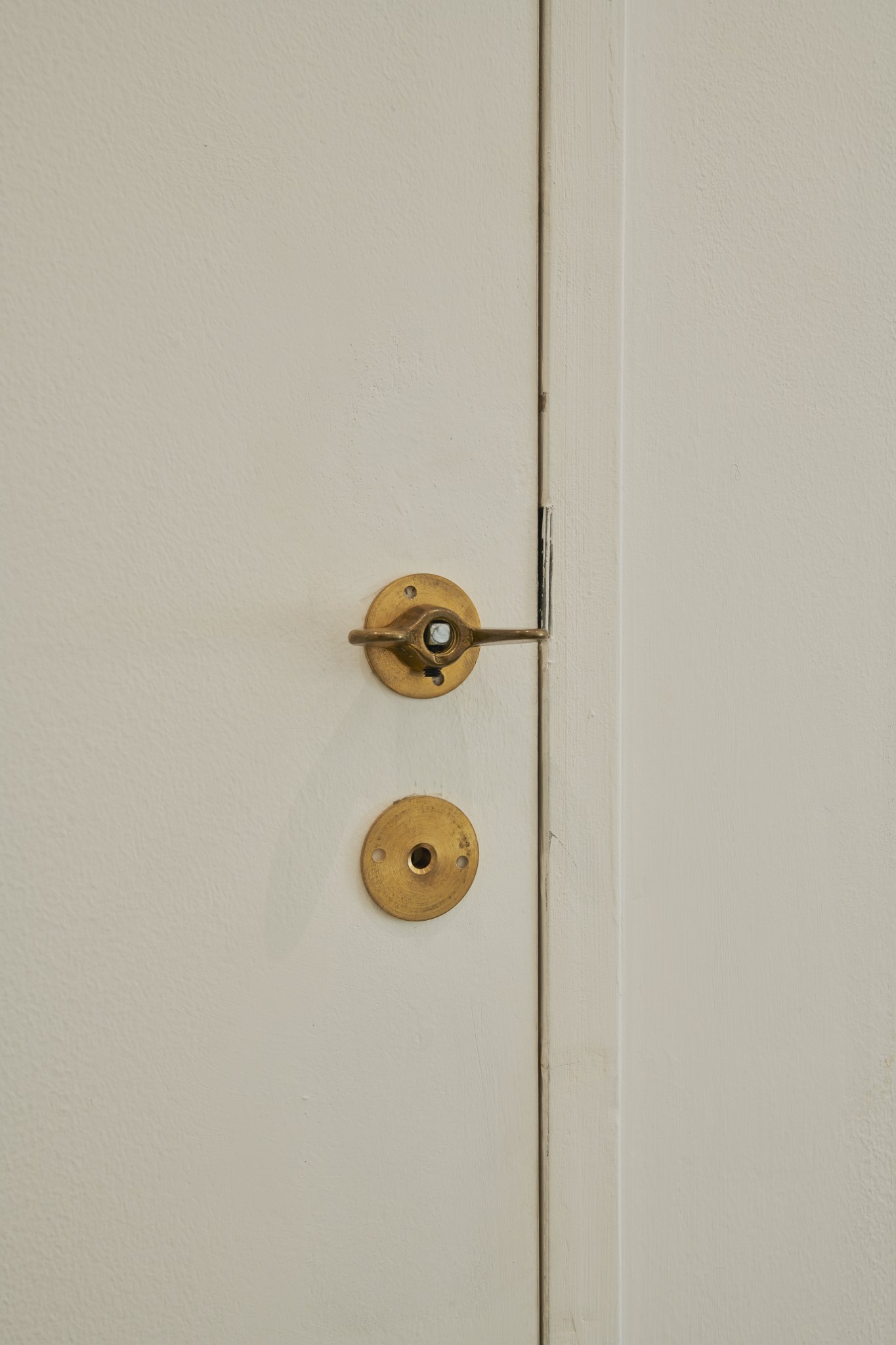
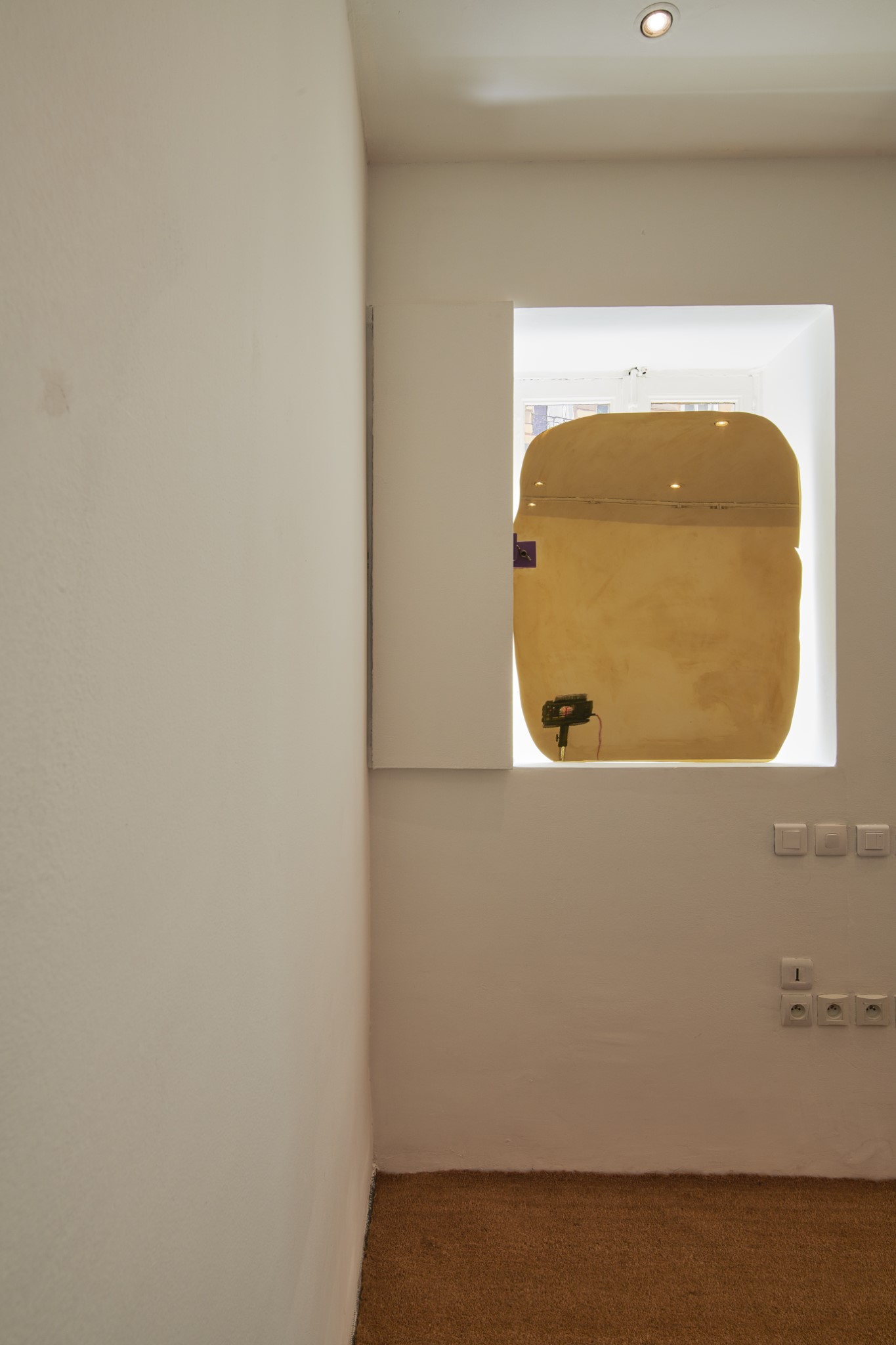
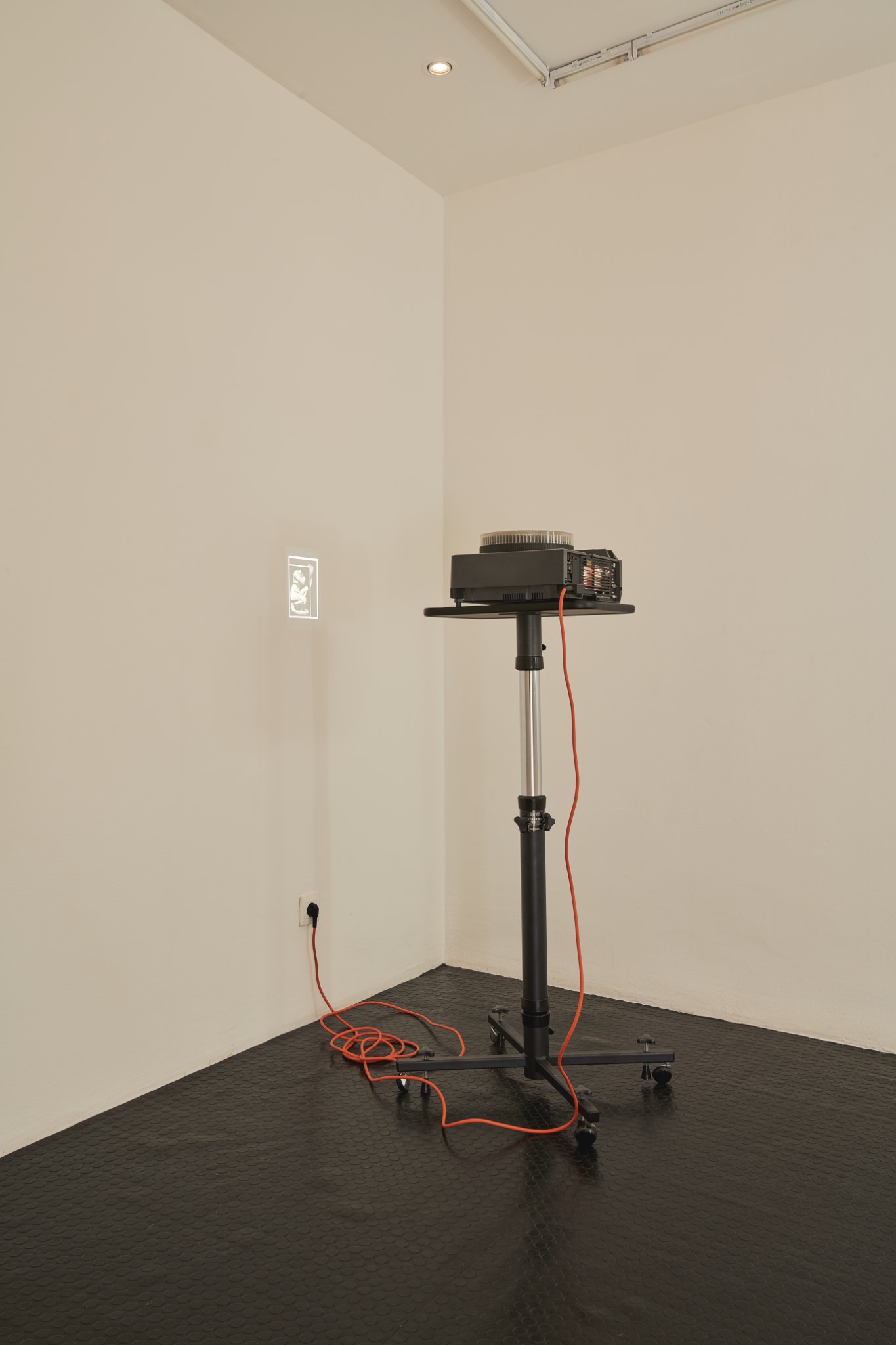
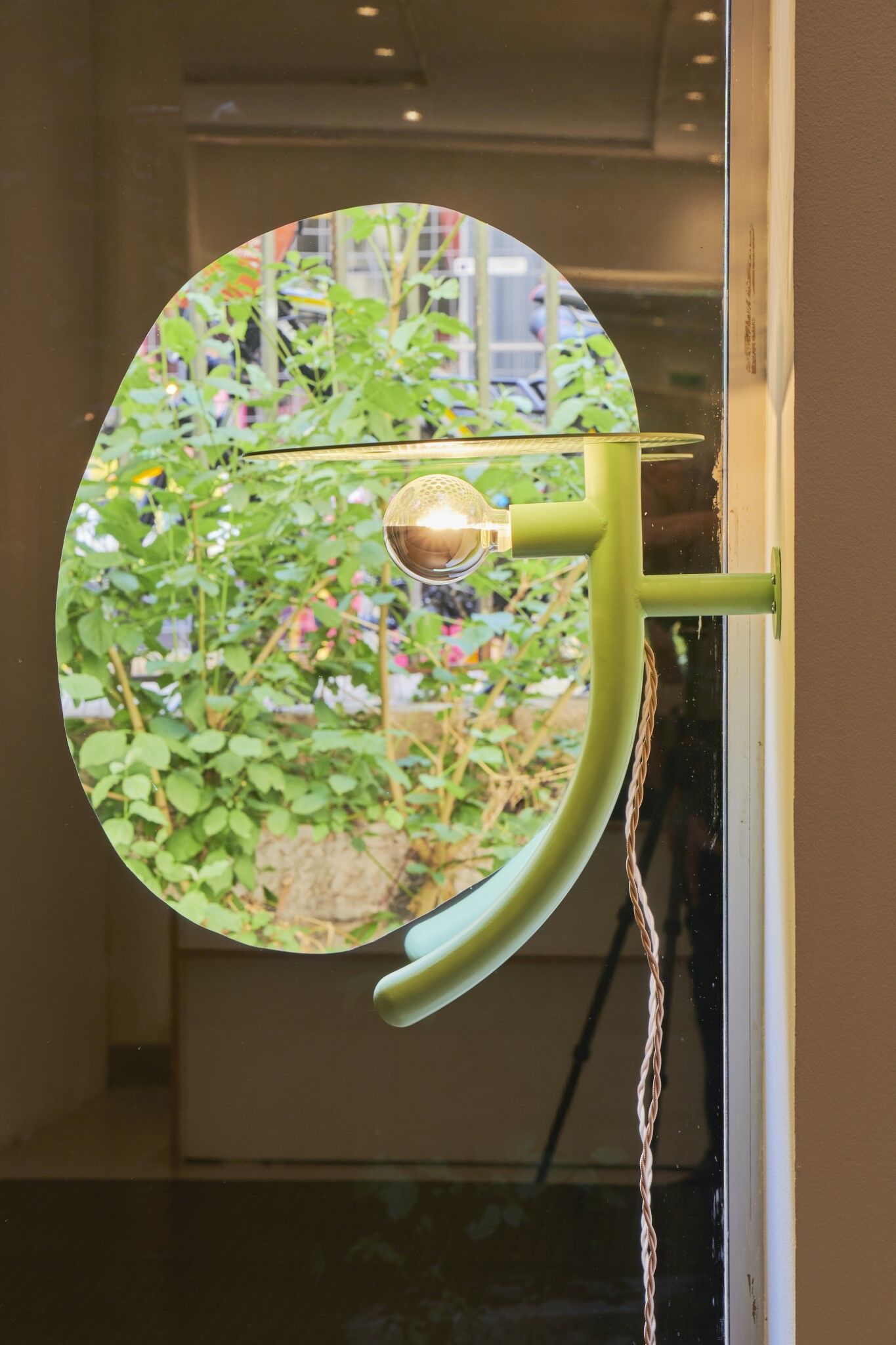
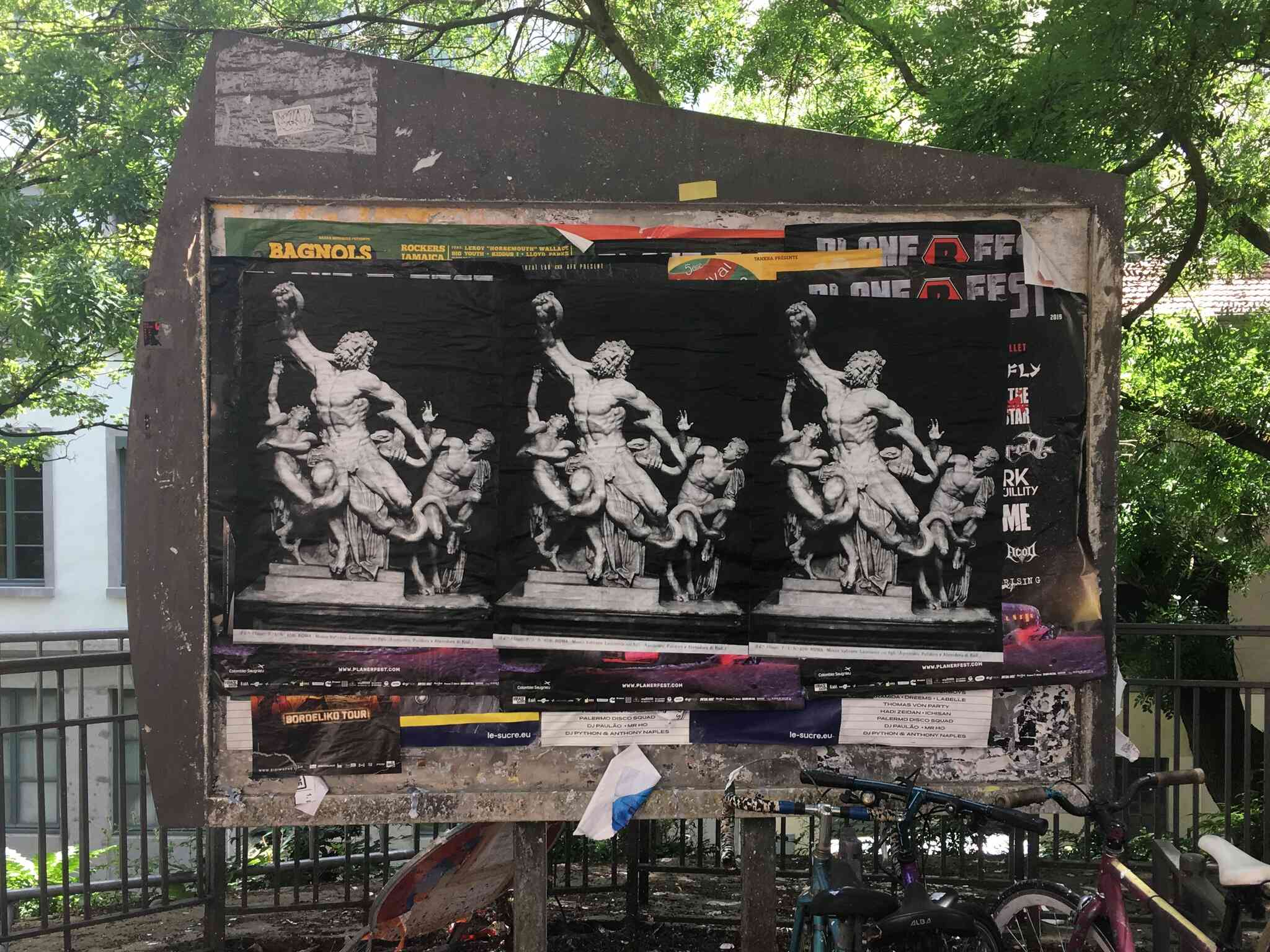
Koenraad Dedobbeleer, A Reduction To The Comprehensible By Reason, salle 3, la Salle de bains, Lyon du 28 juin au 20 juillet 2019.
Photos : Jules Roeser
Photos : Jules Roeser
Koenraad Dedobbeleer, A Reduction To The Comprehensible By Reason, room 3, la Salle de bains, Lyon from 28 June to 20 July 2019.
Photos : Jules Roeser
Photos : Jules Roeser
A Reduction To The Comprehensible By Reason - salle 3
Du 28 juin au 20 juillet 2019From 28 June to 20 July 2019
Dès la première salle de l’exposition A Reduction to the Comprehensible by Reason de Koenraad Dedobbeleer, des interventions architecturales avaient produit une distorsion de l’espace : modification de l’estrade recouverte d’un sol Pirelli – référant tant à celui de la réserve de la Salle de bains qu’aux revêtements de sol de lieux publics –, ajout d’une porte qui n’ouvre sur aucun espace a priori accessible au visiteur, apposition d’un film-miroir sur la porte-fenêtre isolant l’intérieur de l’extérieur, un échange que rétablissait pour la seconde salle le dévoilement d’une fenêtre jusqu’alors murée.
Le rapport du visiteur à l’espace est modifié et des mouvements sont induits : s’essuyer les pieds sur un paillasson démesuré, monter une marche et se diriger vers les œuvres présentées au mur en traversant la scène, pour finalement être tenté d’ouvrir la porte. Cette reconfiguration de l’espace donne lieu à de nouveaux supports aux œuvres. L’estrade devient le socle distancié de photographies disposées au mur, la porte est le support d’une nouvelle poignée pour chaque salle, le rebord de la fenêtre accueille une sculpture. C’est ainsi que l’artiste joue avec les dispositifs de présentation des œuvres.
Les sculptures et les photographies de Koenraad Dedobbeleer font référence aussi bien à une histoire de la sculpture et du design — s’amusant de la capacité théorique des objets présentés à être utilisables, sans distinction entre objet manufacturé et objet industriel — qu’à une histoire de la différenciation des médiums dans le champ de l’art. Koenraad Dedobbeleer utilise la photographie pour traiter de la sculpture et déjouer le point de vue frontal, par le biais d’une juxtaposition de supports rendant le médium photographique impur : la photo d’un écran d’ordinateur affichant le groupe du Laocoon, emblème de la sculpture classique, est tirée à de nombreux exemplaires et est collée sur les panneaux d’affichage public pour être sûrement recouverte rapidement par d’autres colleurs d’affiches. La photographie est également utilisée avec humour lors de la deuxième salle pour traiter de la différence entre les arts et assumer un héritage qui provient de la sculpture, en présentant l’ouvrage fondateur de Lessing, Laocoon, ou Des frontières de la peinture et de la poésie (1766), traduit dans sa version russe de 1954, dont seule la couverture dotée à nouveau d’une image du groupe du Laocoon est photographiée recto-verso. Le contenu du texte reste inaccessible et le livre devient un objet sculptural à deux faces.
Cette troisième salle conclut l’évolution de cette exposition malléable et extensible, qui, dès la première salle, s’est constituée comme un pavillon théâtral, par l'entrée en scène d'une figure sculptée féminine, en contrepoint et contrapposto, une Vénus à plusieurs corps synchronisés se découvrant dans un diaporama.
Le rapport du visiteur à l’espace est modifié et des mouvements sont induits : s’essuyer les pieds sur un paillasson démesuré, monter une marche et se diriger vers les œuvres présentées au mur en traversant la scène, pour finalement être tenté d’ouvrir la porte. Cette reconfiguration de l’espace donne lieu à de nouveaux supports aux œuvres. L’estrade devient le socle distancié de photographies disposées au mur, la porte est le support d’une nouvelle poignée pour chaque salle, le rebord de la fenêtre accueille une sculpture. C’est ainsi que l’artiste joue avec les dispositifs de présentation des œuvres.
Les sculptures et les photographies de Koenraad Dedobbeleer font référence aussi bien à une histoire de la sculpture et du design — s’amusant de la capacité théorique des objets présentés à être utilisables, sans distinction entre objet manufacturé et objet industriel — qu’à une histoire de la différenciation des médiums dans le champ de l’art. Koenraad Dedobbeleer utilise la photographie pour traiter de la sculpture et déjouer le point de vue frontal, par le biais d’une juxtaposition de supports rendant le médium photographique impur : la photo d’un écran d’ordinateur affichant le groupe du Laocoon, emblème de la sculpture classique, est tirée à de nombreux exemplaires et est collée sur les panneaux d’affichage public pour être sûrement recouverte rapidement par d’autres colleurs d’affiches. La photographie est également utilisée avec humour lors de la deuxième salle pour traiter de la différence entre les arts et assumer un héritage qui provient de la sculpture, en présentant l’ouvrage fondateur de Lessing, Laocoon, ou Des frontières de la peinture et de la poésie (1766), traduit dans sa version russe de 1954, dont seule la couverture dotée à nouveau d’une image du groupe du Laocoon est photographiée recto-verso. Le contenu du texte reste inaccessible et le livre devient un objet sculptural à deux faces.
Cette troisième salle conclut l’évolution de cette exposition malléable et extensible, qui, dès la première salle, s’est constituée comme un pavillon théâtral, par l'entrée en scène d'une figure sculptée féminine, en contrepoint et contrapposto, une Vénus à plusieurs corps synchronisés se découvrant dans un diaporama.
From the very first installation of Koenraad Dedobbeleer’s A Reduction to the Comprehensible by Reason, architectural interventions have produced a distortion of the gallery space. There is the modification of the interior platform, which was covered by a Pirelli flooring material – a reference as much to La Salle des bains’s storeroom as to the floor coverings often seen in public areas; the addition of a door that leads to no place that is, on the face of it, accessible to the public; and the application of mirror film to the glass panes of the entry doors, thus isolating the inside from the outside, an exchange that was “reestablished” in the second installation by revealing a window that had been walled up until then.
The visitor’s relationship to the space is modified while certain movements are induced, for instance, wiping one’s feet on an enormous doormat, going up one step and walking toward the featured works of art by crossing a stage, and finally feeling the temptation to open that door. This reconfiguration of the space gives rise to new supports for the works. The platform becomes the distanced pedestal of the various photographs hanging on the wall; the door is the support for a new handle for each new gallery; and the window ledge is the perfect spot for displaying a piece of sculpture. This is how the artist plays with the usual methods for displaying works of art.
Dedobbeleer’s sculptures and photographs refer to a certain history of sculpture and design, playing with the theoretical capacity of the featured objects to be usable, without distinction between the handmade object and the industrial object, but also to a history of the differentiation of mediums in the field of art. The artist uses photography to deal with sculpture (which is represented from a single point of view, namely straight on) through a juxtaposition of supports rendering the photographic medium impure (a photo of a computer screen displaying the Laocoön – an emblematic image of classical sculpture – was printed out in a number of copies and posted around town on public hoarding, certain to be covered over soon enough by other billstickers putting up other posters). Photography is also humorously used in the second gallery to treat the difference between the arts and assume a heritage that goes back to sculpture, by featuring Lessing’s founding text, Laocoön, an Essay on the Limits of Painting and Poetry (1766), in the 1954 Russian version. It is the cover of this version, graced as well by an image of the Laocoön group, that was photographed front and back. The content of the text remains inaccessible while the book becomes a two-sided sculptural object.
The development of an exhibition that has been both malleable and extendable, one that took shape, from the very first gallery, as a theatrical pavilion concludes with the entry of a sculpted female figure, in counterpoint and contrapposto, a Venus with several synchronized bodies revealing herself in a slide show.
translation: John O'Toole
The visitor’s relationship to the space is modified while certain movements are induced, for instance, wiping one’s feet on an enormous doormat, going up one step and walking toward the featured works of art by crossing a stage, and finally feeling the temptation to open that door. This reconfiguration of the space gives rise to new supports for the works. The platform becomes the distanced pedestal of the various photographs hanging on the wall; the door is the support for a new handle for each new gallery; and the window ledge is the perfect spot for displaying a piece of sculpture. This is how the artist plays with the usual methods for displaying works of art.
Dedobbeleer’s sculptures and photographs refer to a certain history of sculpture and design, playing with the theoretical capacity of the featured objects to be usable, without distinction between the handmade object and the industrial object, but also to a history of the differentiation of mediums in the field of art. The artist uses photography to deal with sculpture (which is represented from a single point of view, namely straight on) through a juxtaposition of supports rendering the photographic medium impure (a photo of a computer screen displaying the Laocoön – an emblematic image of classical sculpture – was printed out in a number of copies and posted around town on public hoarding, certain to be covered over soon enough by other billstickers putting up other posters). Photography is also humorously used in the second gallery to treat the difference between the arts and assume a heritage that goes back to sculpture, by featuring Lessing’s founding text, Laocoön, an Essay on the Limits of Painting and Poetry (1766), in the 1954 Russian version. It is the cover of this version, graced as well by an image of the Laocoön group, that was photographed front and back. The content of the text remains inaccessible while the book becomes a two-sided sculptural object.
The development of an exhibition that has been both malleable and extendable, one that took shape, from the very first gallery, as a theatrical pavilion concludes with the entry of a sculpted female figure, in counterpoint and contrapposto, a Venus with several synchronized bodies revealing herself in a slide show.
translation: John O'Toole
Liste des œuvres :
List of works :
The Future Projects Light, the Past Merely Casts Shadows, 2019
3 affiches, sérigraphie sur papier, diffusées dans la ville
100x70cm (chaque)
Koenraad Dedobbeleer & Kris Kimpe
To Know Was Not Necessairly to Like, 2018
métal peint, câble électrique, électronique et ampoule
35x55x35cm
Courtesy des artistes, Bruxelles et Anvers.
Comprehensive Commodification, 2016-2019
81 diapositives couleur, projecteur Kodak Ektapro 9020, pied de projecteur Unicol
projection : 20x30cm
Courtesy de l’artiste, Bruxelles.
Capitalism Against Capitalism, 2019
laiton poli, métal peint
100x83x9cm
Courtesy de l’artiste, Bruxelles.
The Initiating Amalgamation of Trade and Warfare, 2019
laiton et acier
4x3x4cm
Courtesy de l’artiste, Bruxelles.
Interventions architecturales : podium, porte, paillasson, film-miroir, ouverture de la fenêtre, réparation des spots et du variateur, ouverture du film-miroir.
3 affiches, sérigraphie sur papier, diffusées dans la ville
100x70cm (chaque)
Koenraad Dedobbeleer & Kris Kimpe
To Know Was Not Necessairly to Like, 2018
métal peint, câble électrique, électronique et ampoule
35x55x35cm
Courtesy des artistes, Bruxelles et Anvers.
Comprehensive Commodification, 2016-2019
81 diapositives couleur, projecteur Kodak Ektapro 9020, pied de projecteur Unicol
projection : 20x30cm
Courtesy de l’artiste, Bruxelles.
Capitalism Against Capitalism, 2019
laiton poli, métal peint
100x83x9cm
Courtesy de l’artiste, Bruxelles.
The Initiating Amalgamation of Trade and Warfare, 2019
laiton et acier
4x3x4cm
Courtesy de l’artiste, Bruxelles.
Interventions architecturales : podium, porte, paillasson, film-miroir, ouverture de la fenêtre, réparation des spots et du variateur, ouverture du film-miroir.
The Future Projects Light, the Past Merely Casts Shadows, 2019
3 posters, silk-screens on paper, posted throughout the city
100 x 70 cm (each)
Koenraad Dedobbeleer & Kris Kimpe
To Know Was not Necessarily to Like, 2018
painted metal, electric cable, electronics, and bulb
35x55x35 cm
Courtesy of the artists, Brussels and Antwerp.
Comprehensive Commodification, 2016-2019
81 color slides, Kodak Ektapro 9020 projector, unicol light stand
projection: 20x30cm
Courtesy of the artist, Brussels.
Capitalism Against Capitalism, 2019
polished brass, painted metal
100x83x9cm
Courtesy of the artist, Brussels.
The Initiating Amalgamation of Trade and Warfare, 2019
brass and steel
4 x 3 x 4 cm
Courtesy of the artist, Brussels.
Architectural interventions: podium, door, doormat, mirror film, window opening, spotlight and dimmer repairs, opening of mirror film.
3 posters, silk-screens on paper, posted throughout the city
100 x 70 cm (each)
Koenraad Dedobbeleer & Kris Kimpe
To Know Was not Necessarily to Like, 2018
painted metal, electric cable, electronics, and bulb
35x55x35 cm
Courtesy of the artists, Brussels and Antwerp.
Comprehensive Commodification, 2016-2019
81 color slides, Kodak Ektapro 9020 projector, unicol light stand
projection: 20x30cm
Courtesy of the artist, Brussels.
Capitalism Against Capitalism, 2019
polished brass, painted metal
100x83x9cm
Courtesy of the artist, Brussels.
The Initiating Amalgamation of Trade and Warfare, 2019
brass and steel
4 x 3 x 4 cm
Courtesy of the artist, Brussels.
Architectural interventions: podium, door, doormat, mirror film, window opening, spotlight and dimmer repairs, opening of mirror film.
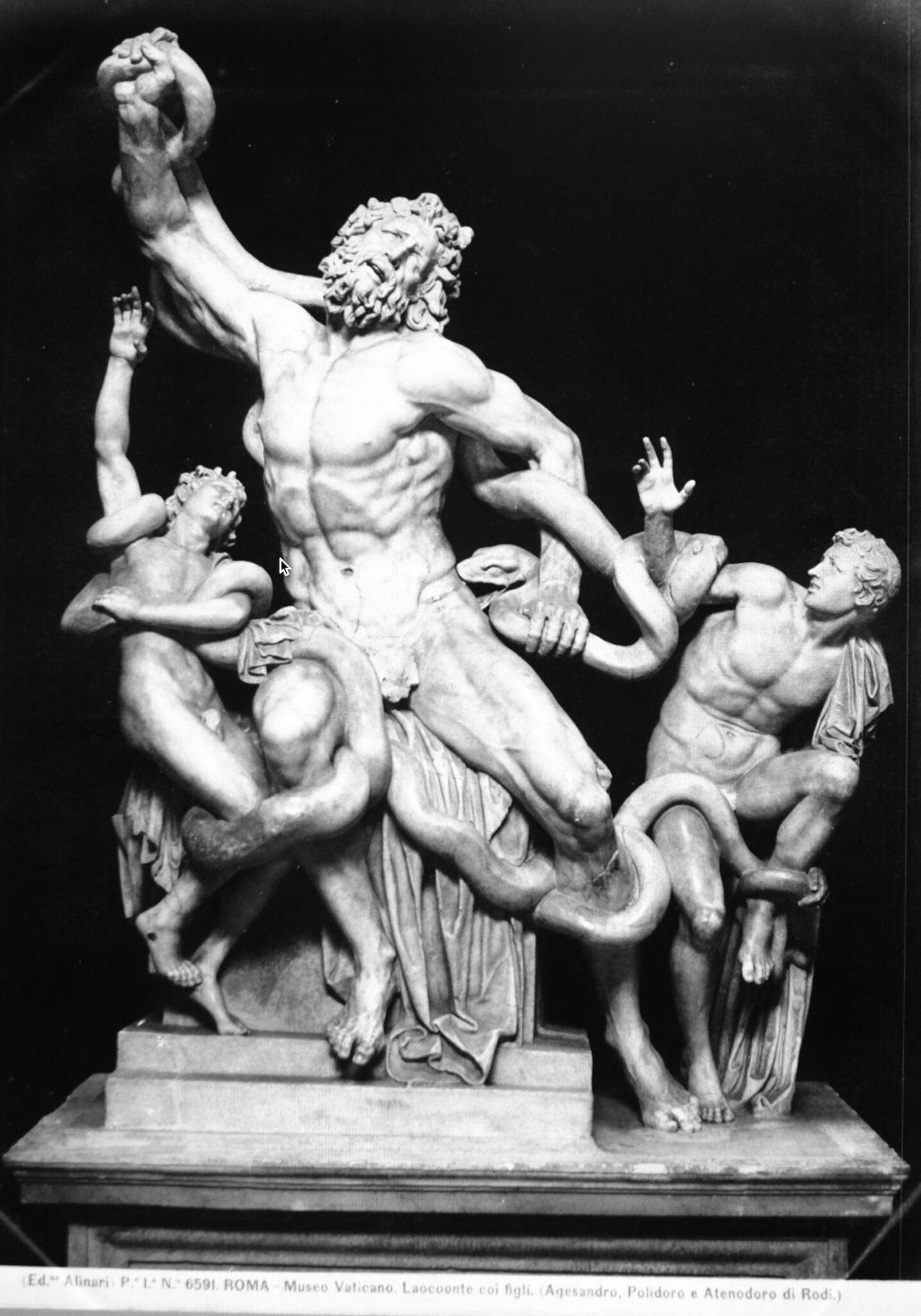
A Reduction To The Comprehensible By Reason - salle 3, 2019
affiche
Koenraad Dedobbeleer (1975, Belgique) vit et travaille à Bruxelles. Aujourd’hui représenté par les galeries ProjecteSD, Barcelone et Mai36, Zurich, il a réalisé ces dernières années de nombreuses expositions personnelles dont On My Own Ignorance and That of Many Others, C L E A R I N G, Bruxelles, Plastik, Gallery of Material Culture, Kunstmuseum Winterthur, Kunststoff, Gallery of Material Culture, Wiels, Bruxelles, There Is No Real Life, Only The Story Of The Life We Are Currently Living, ProjecteSD, Barcelone, Workmanship of Certainty, le Crédac, Ivry-sur-Seine; As Long as it Is Striven After, it Goes on Expanding, CAC, Vilnius et Sache, Gallery of Material Culture, Kunstverein Hannover.
Koenraad Dedobbeleer (1975, Belgium) lives and works in Brussels.
Currently represented by the galleries ProjecteSD, Barcelona; and Mai36, Zurich. In recent years he has shown his work in a number of solo exhibitions, including On My Own Ignorance and That of Many Others, C L E A R I N G, Brussels; Plastik, Gallery of Material Culture, Kunstmuseum Winterthur; Kunststoff, Gallery of Material Culture, Wiels, Brussels; There Is No Real Life, Only The Story Of The Life We Are Currently Living, ProjecteSD, Barcelona; Workmanship of Certainty, Le Crédac, Ivry-sur-Seine; As Long as It Is Striven After, It Goes on Expanding, CAC, Vilnius, and Sache, Gallery of Material Culture, Kunstverein Hannover.
Currently represented by the galleries ProjecteSD, Barcelona; and Mai36, Zurich. In recent years he has shown his work in a number of solo exhibitions, including On My Own Ignorance and That of Many Others, C L E A R I N G, Brussels; Plastik, Gallery of Material Culture, Kunstmuseum Winterthur; Kunststoff, Gallery of Material Culture, Wiels, Brussels; There Is No Real Life, Only The Story Of The Life We Are Currently Living, ProjecteSD, Barcelona; Workmanship of Certainty, Le Crédac, Ivry-sur-Seine; As Long as It Is Striven After, It Goes on Expanding, CAC, Vilnius, and Sache, Gallery of Material Culture, Kunstverein Hannover.
La Salle de bains reçoit le soutien du Ministère de la Culture DRAC Auvergne-Rhône-Alpes,
de la Région Auvergne-Rhône-Alpes et de la Ville de Lyon.
de la Région Auvergne-Rhône-Alpes et de la Ville de Lyon.
